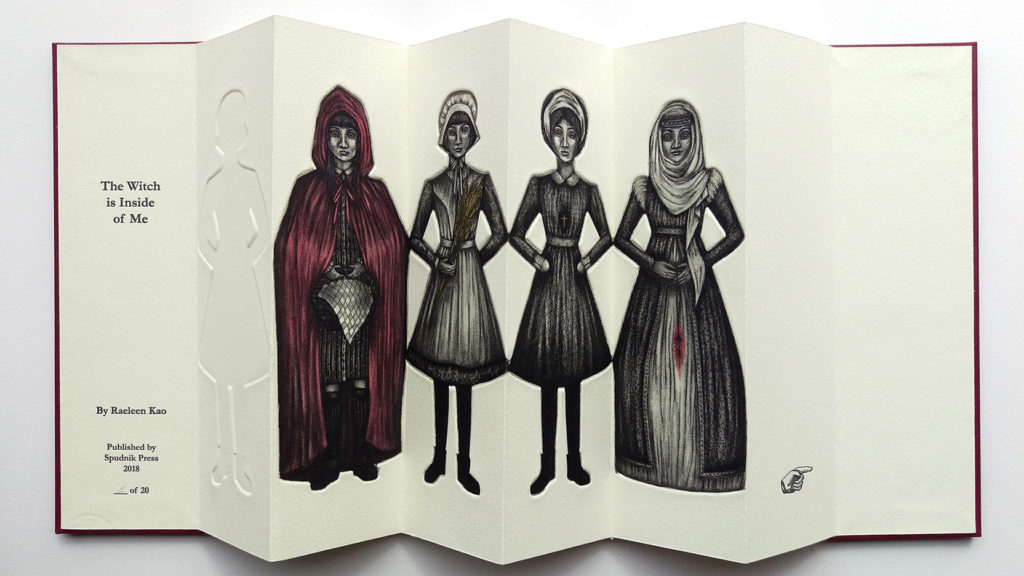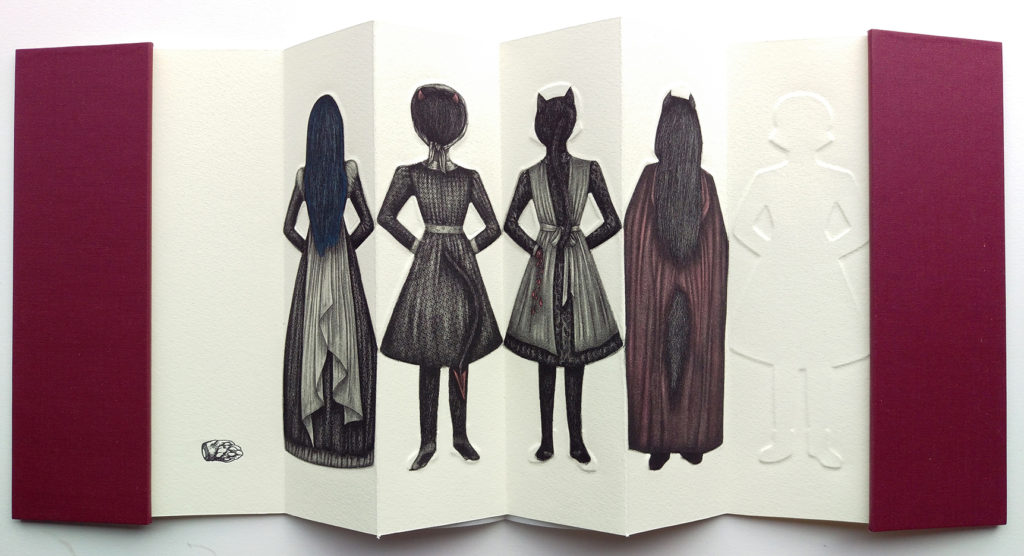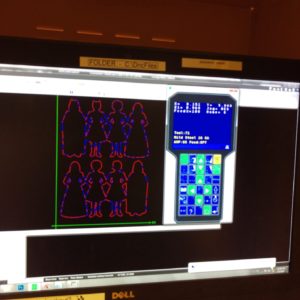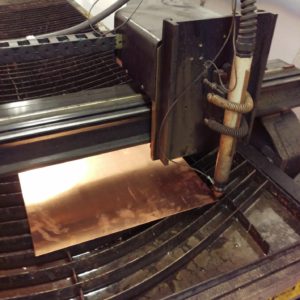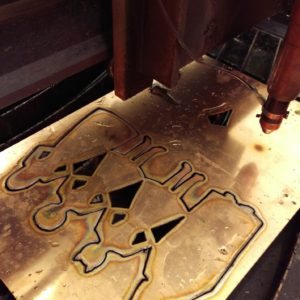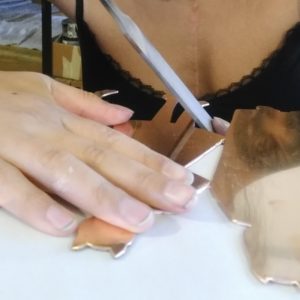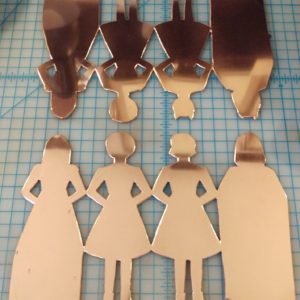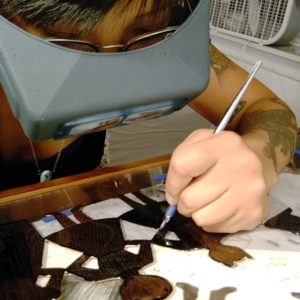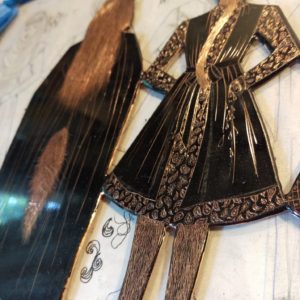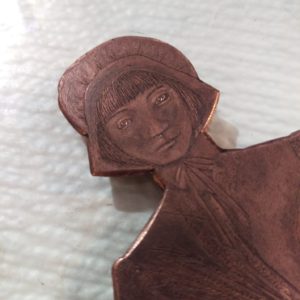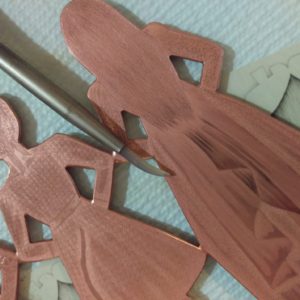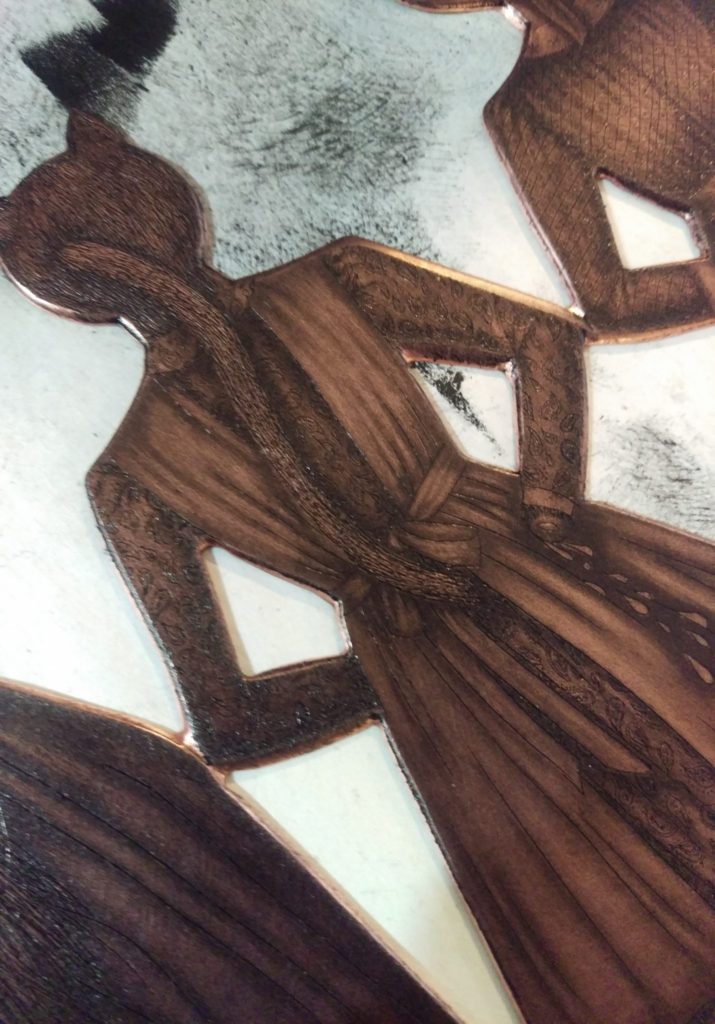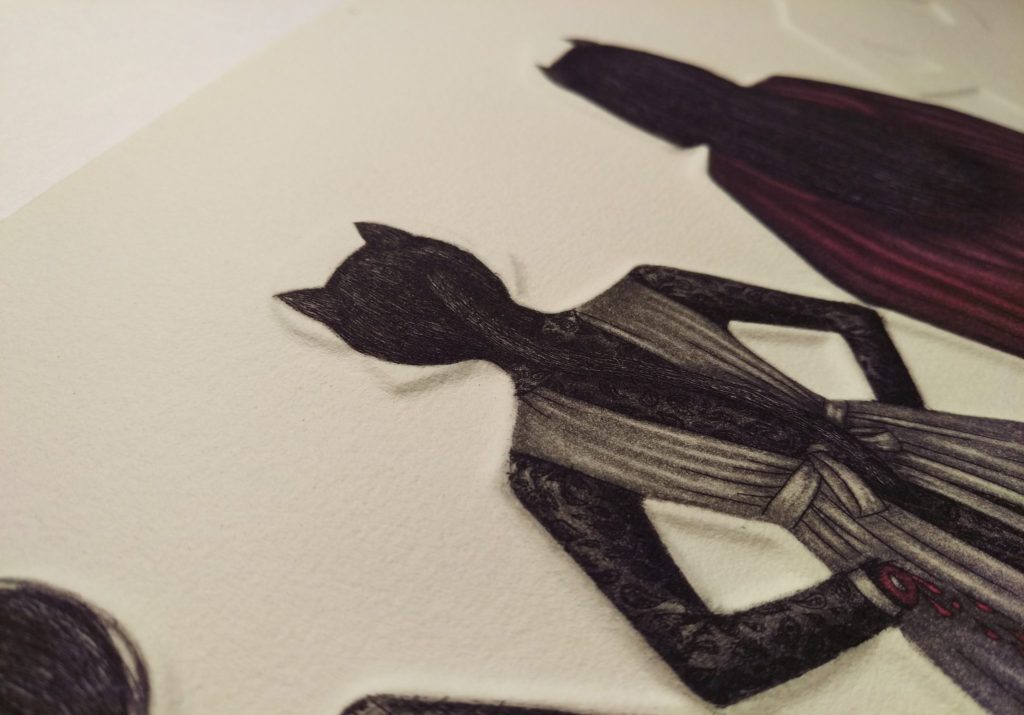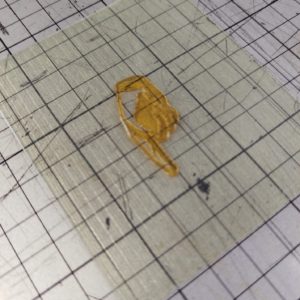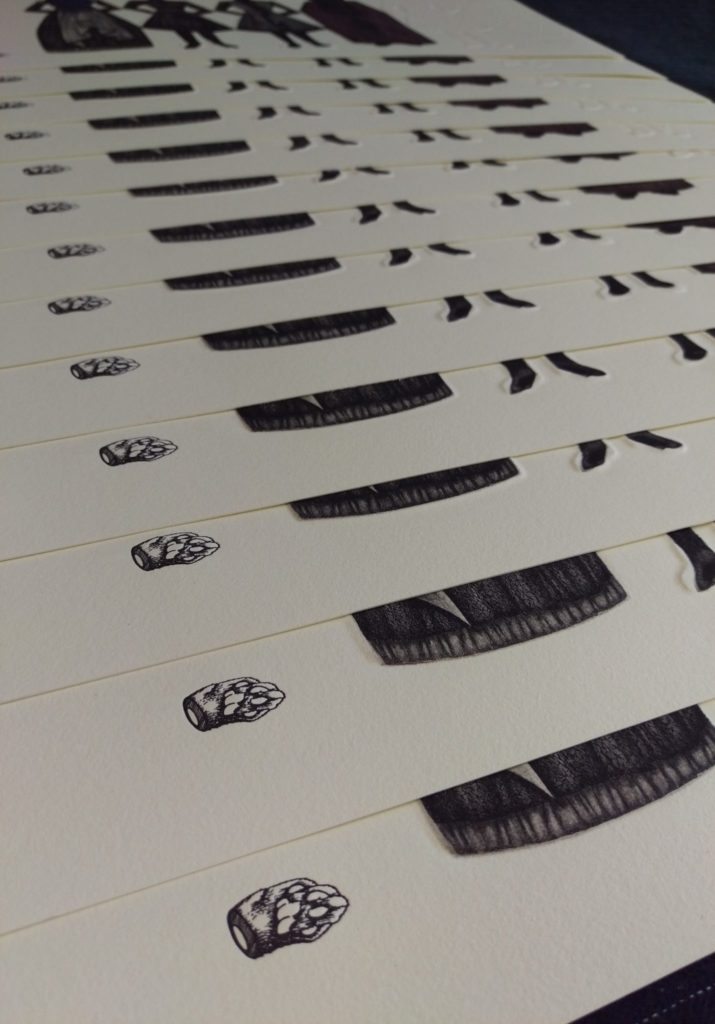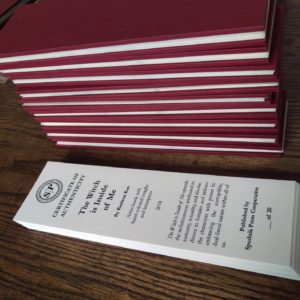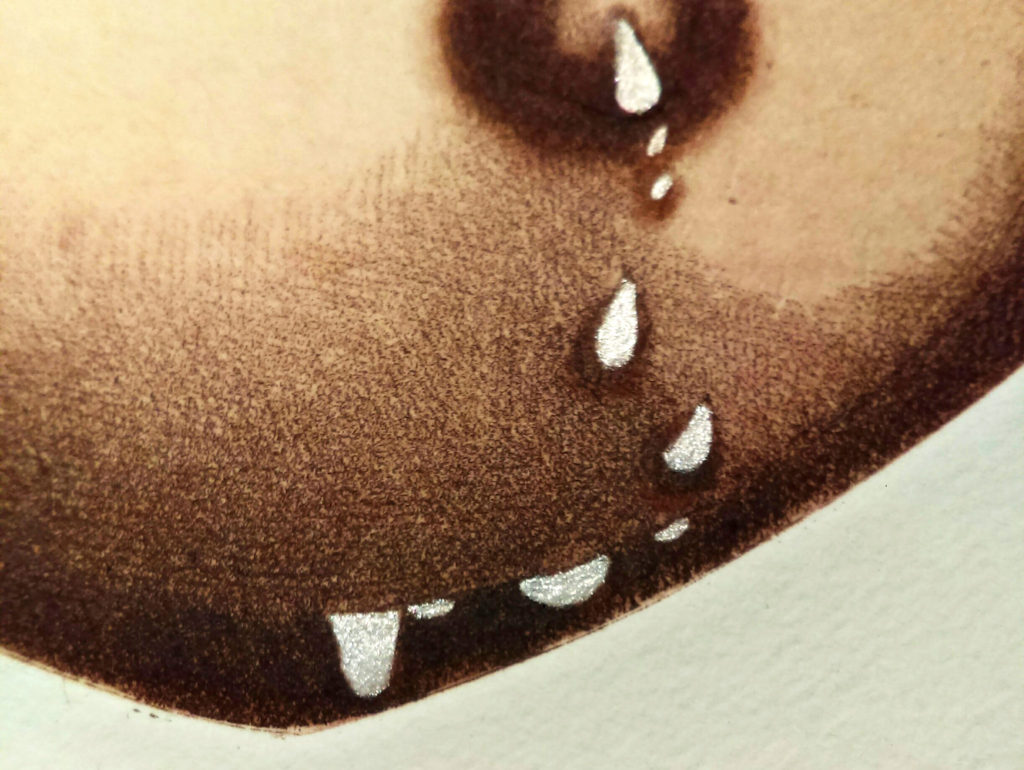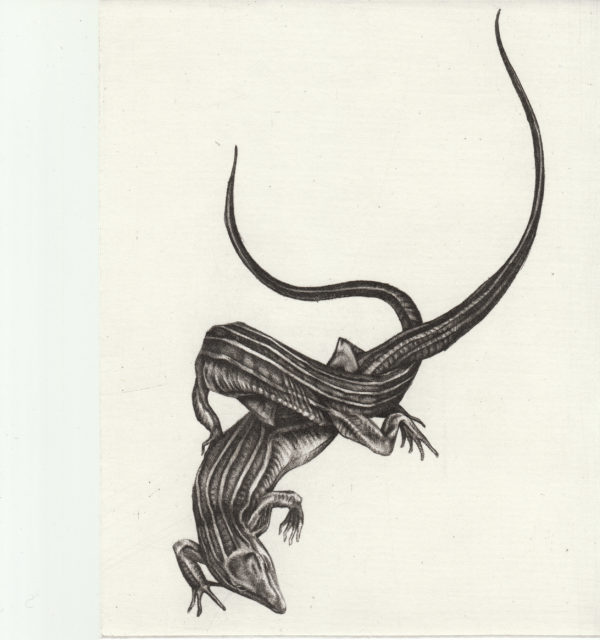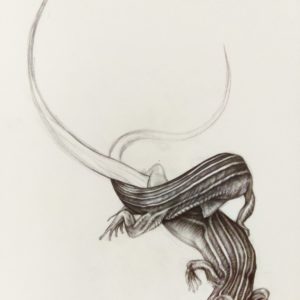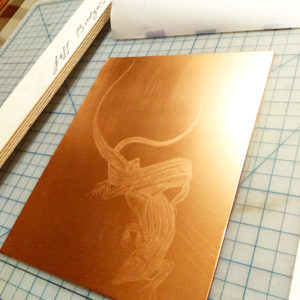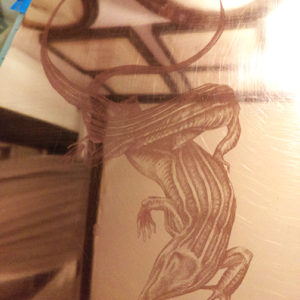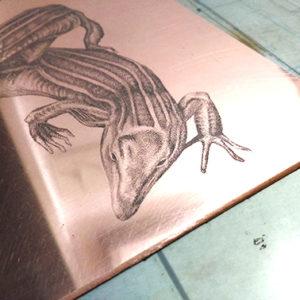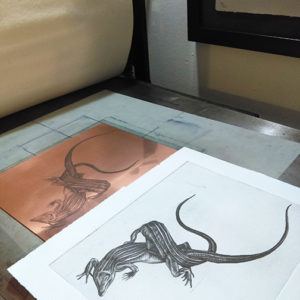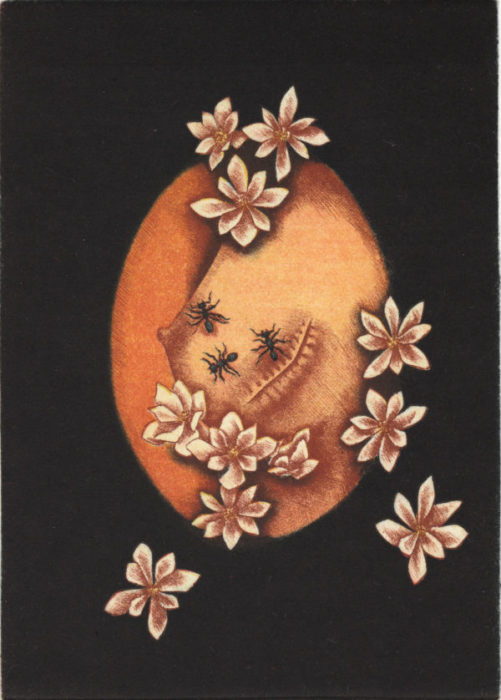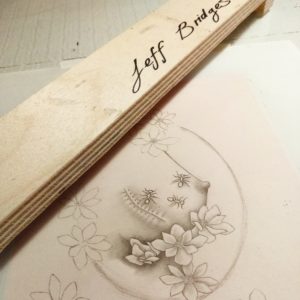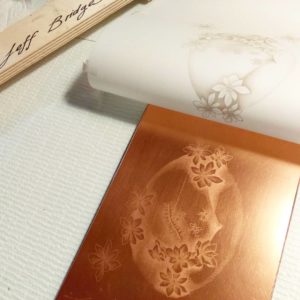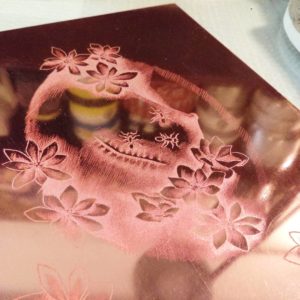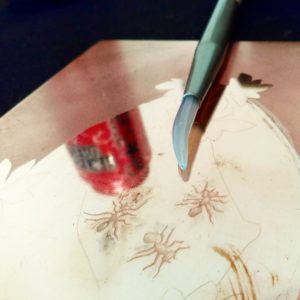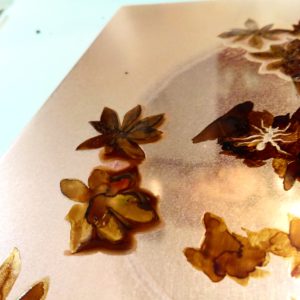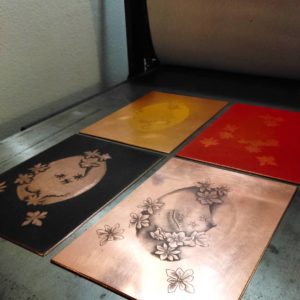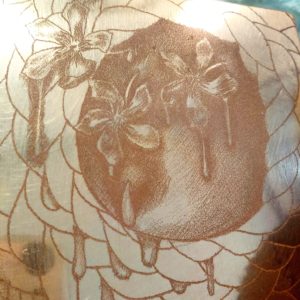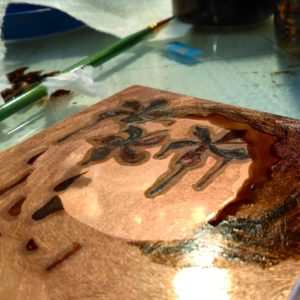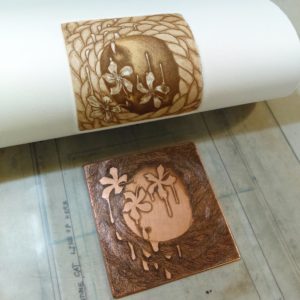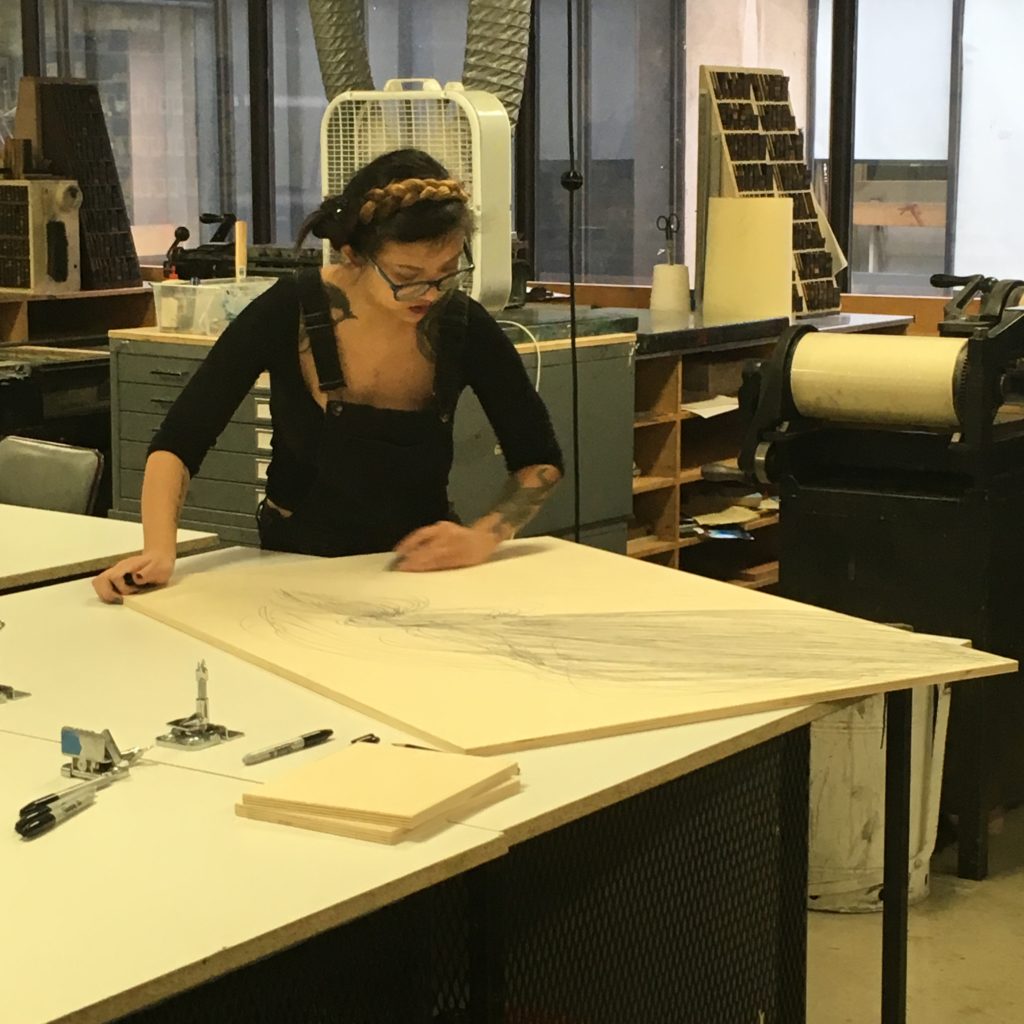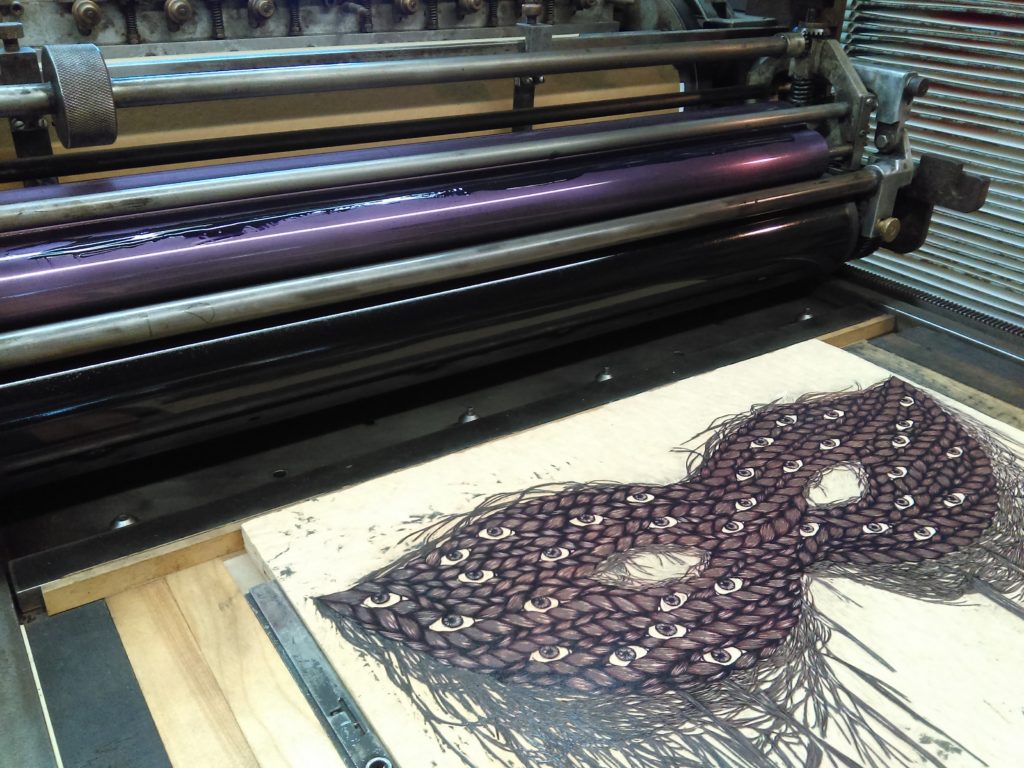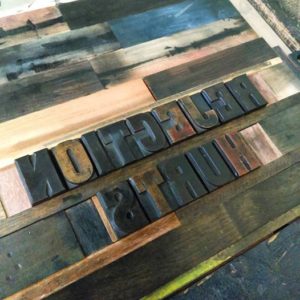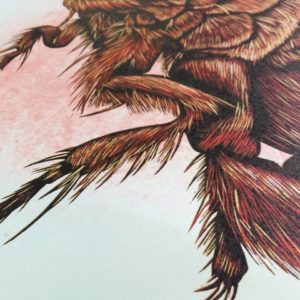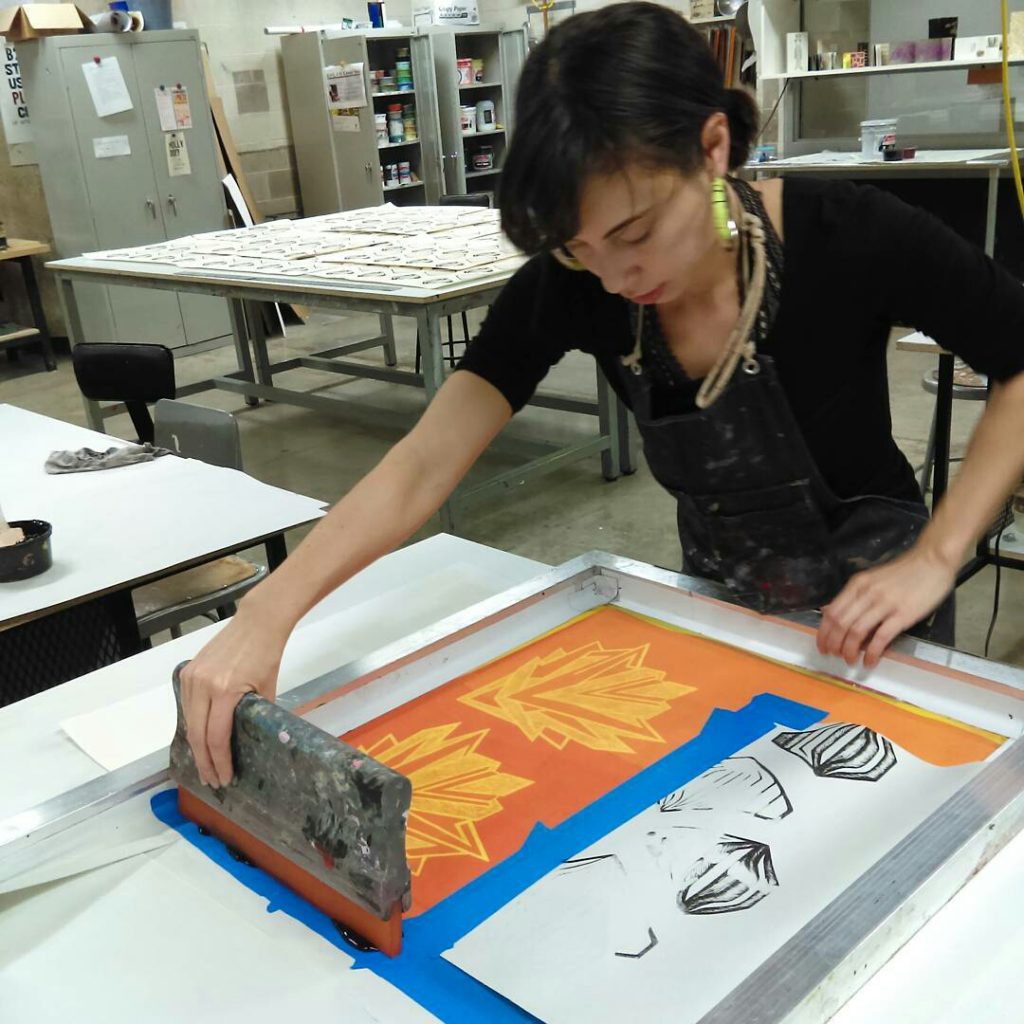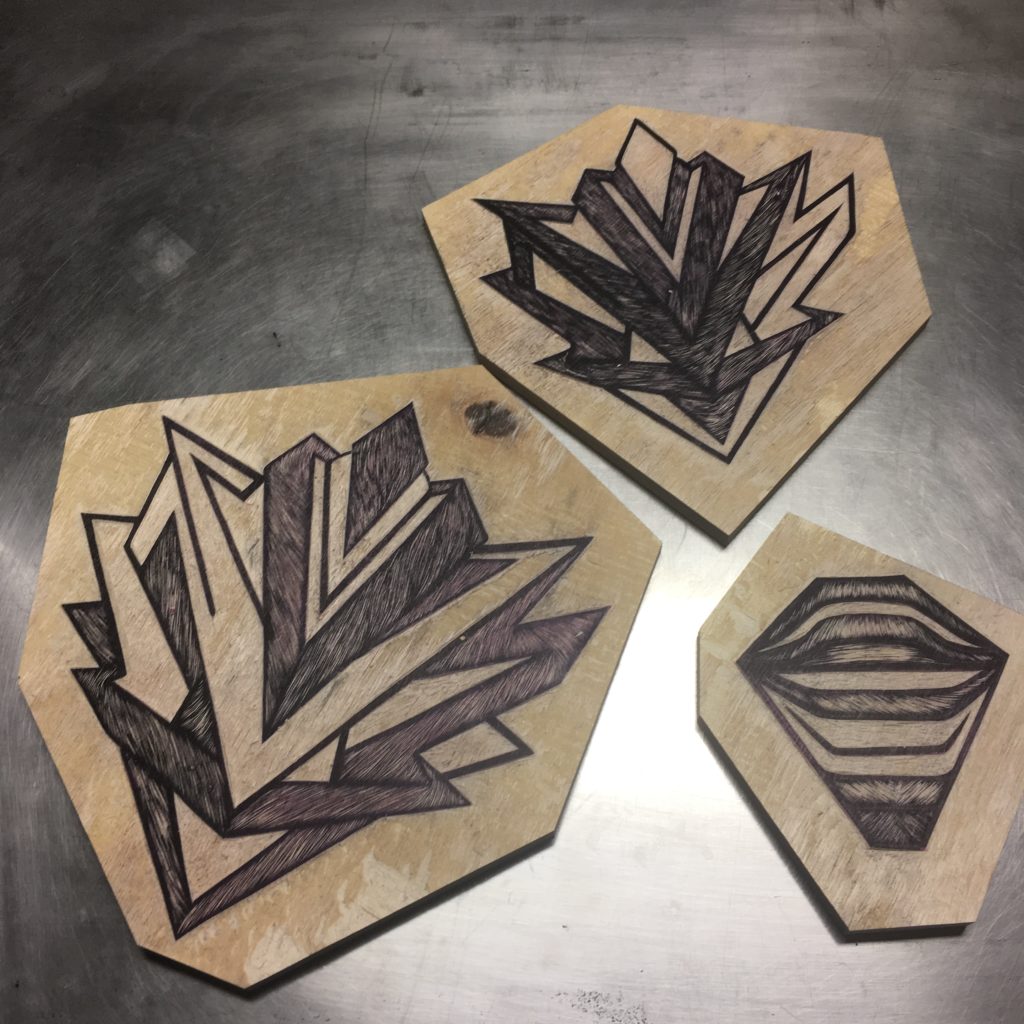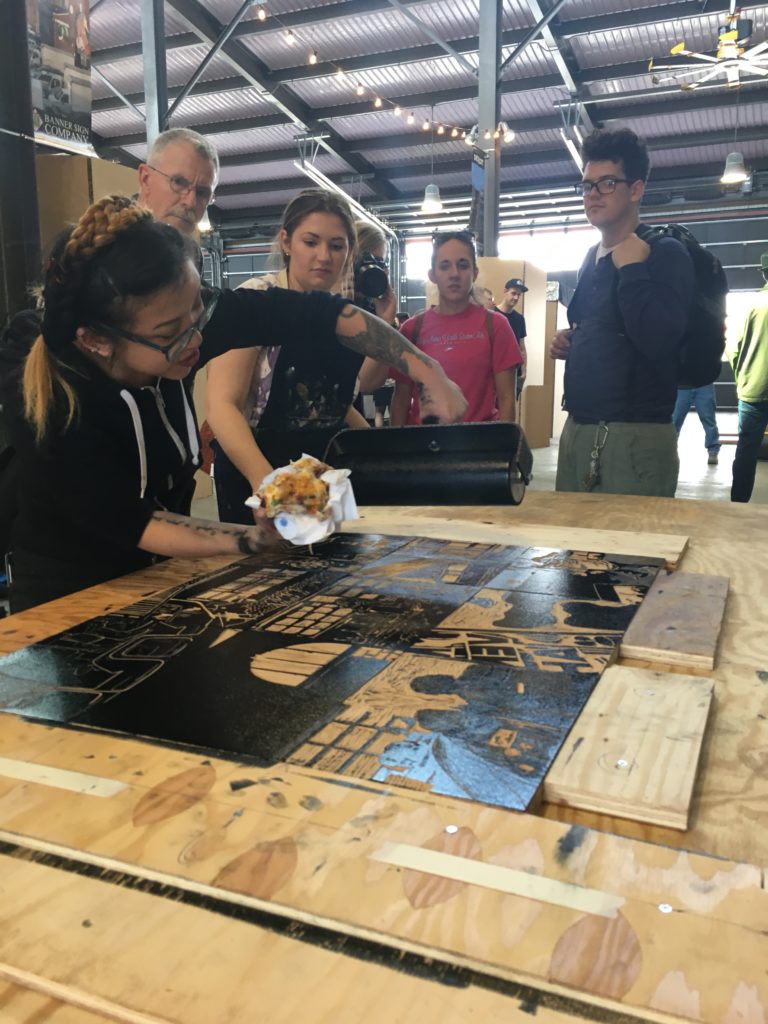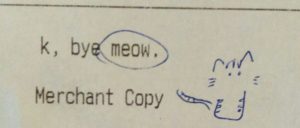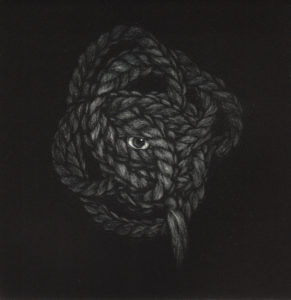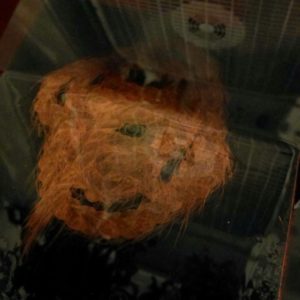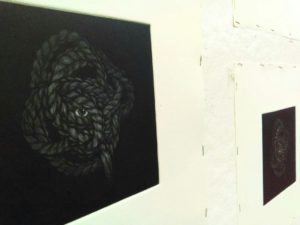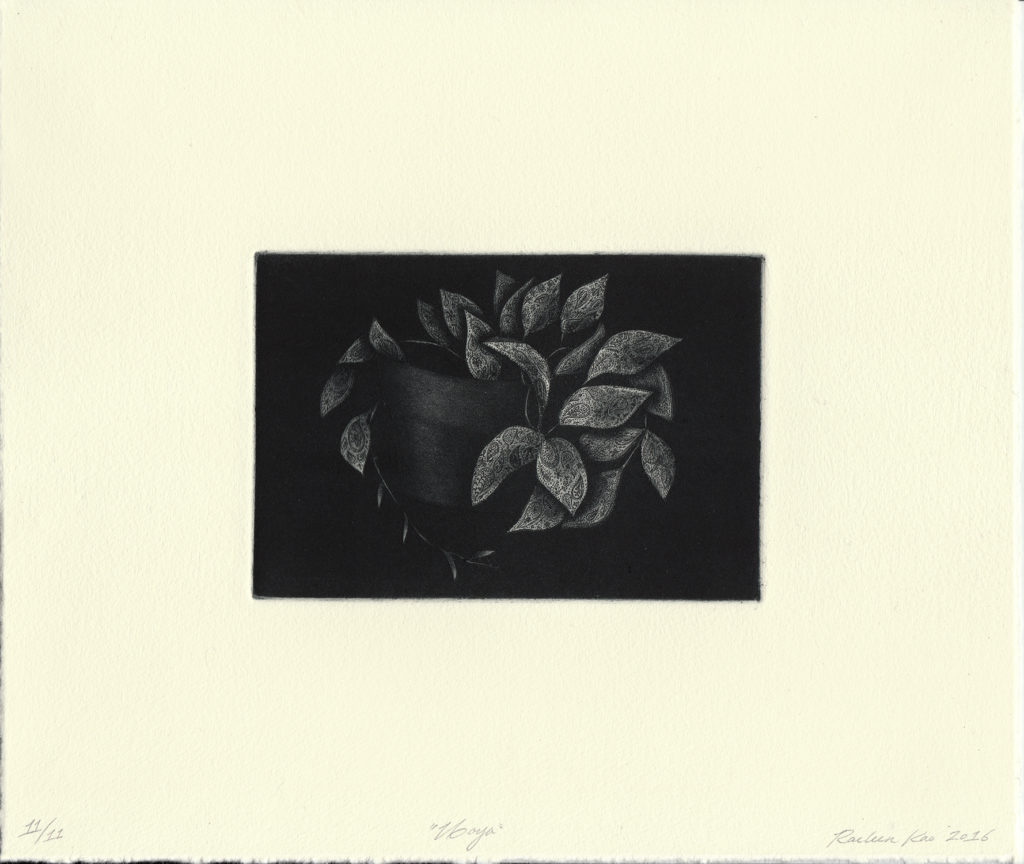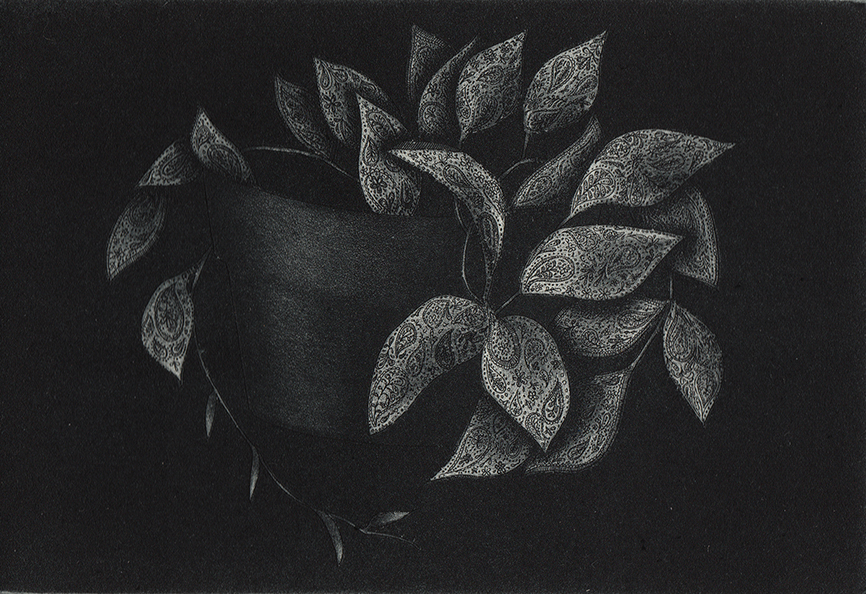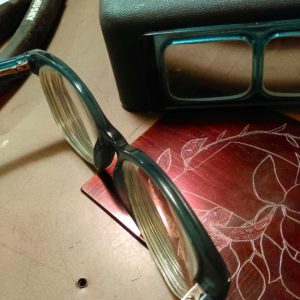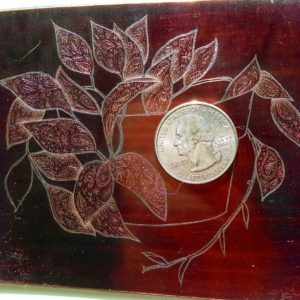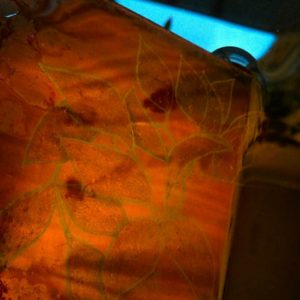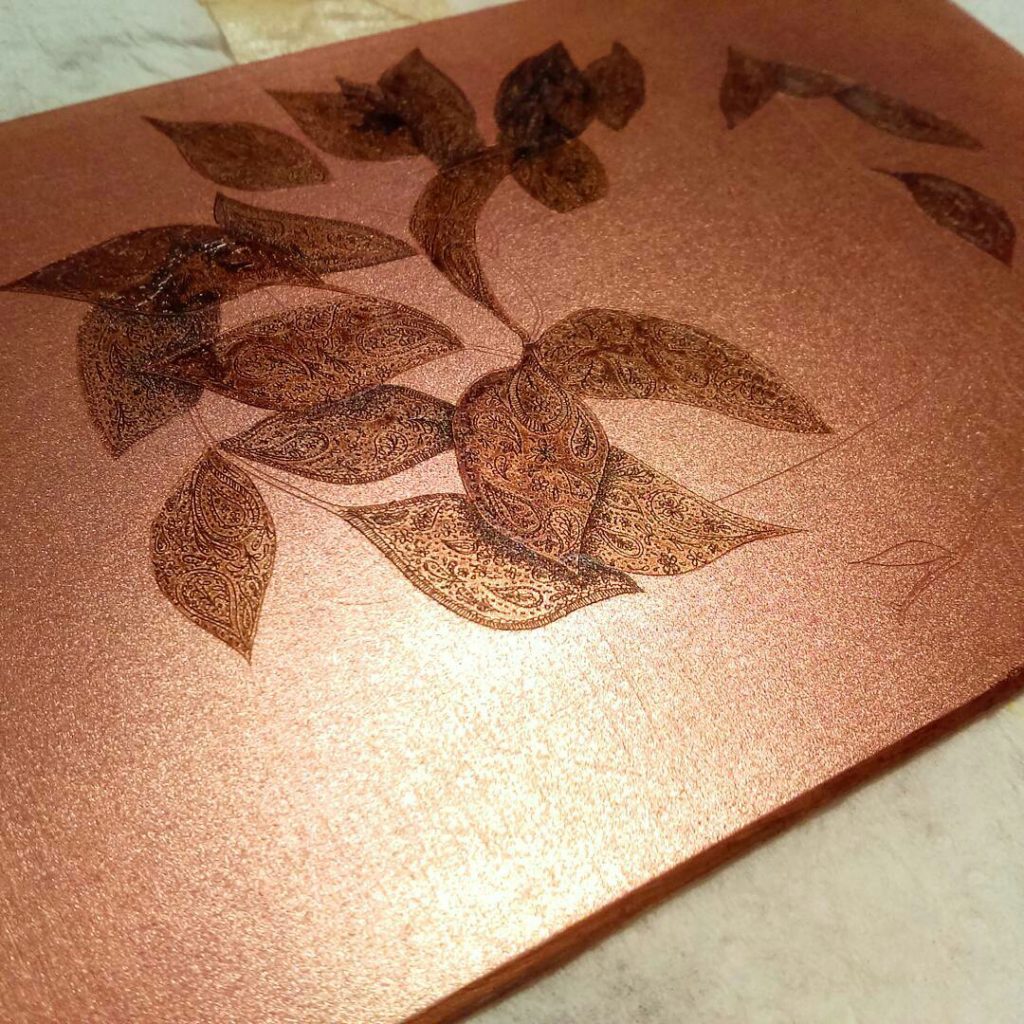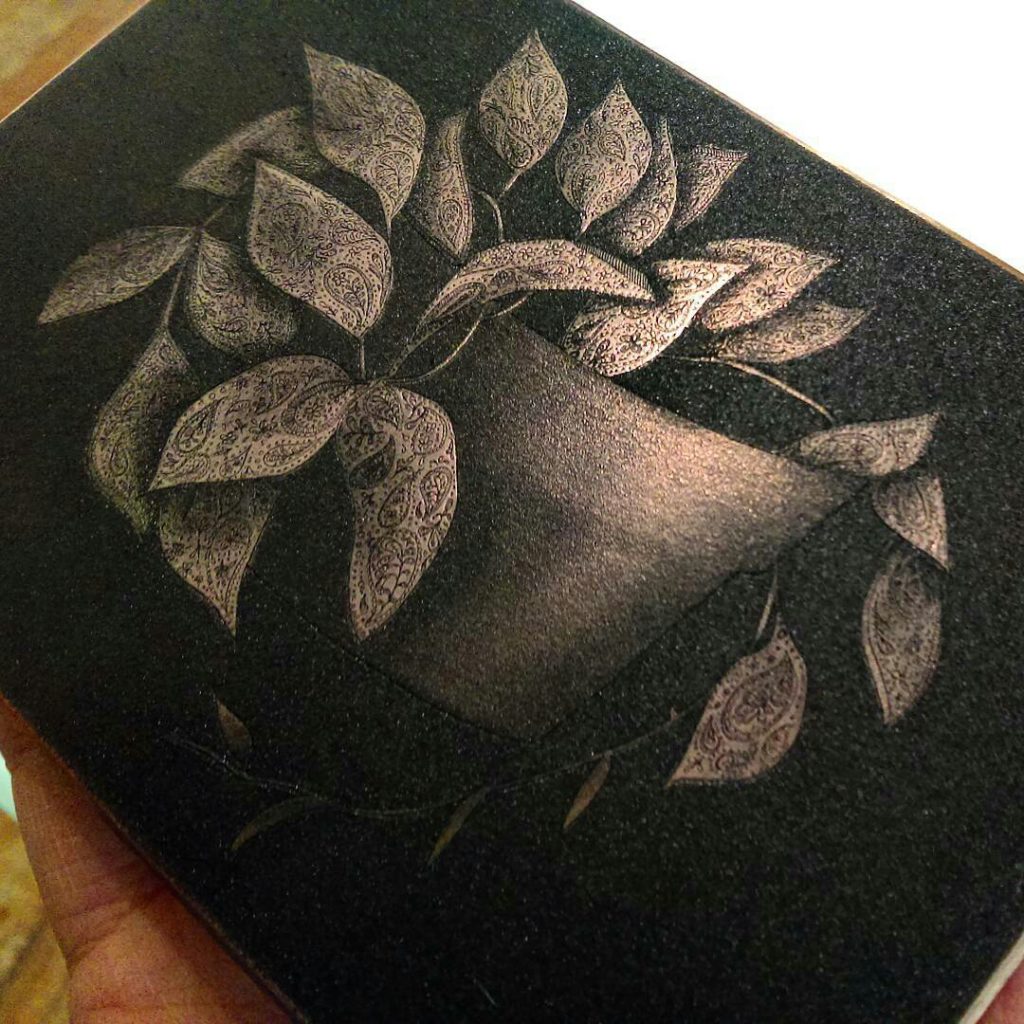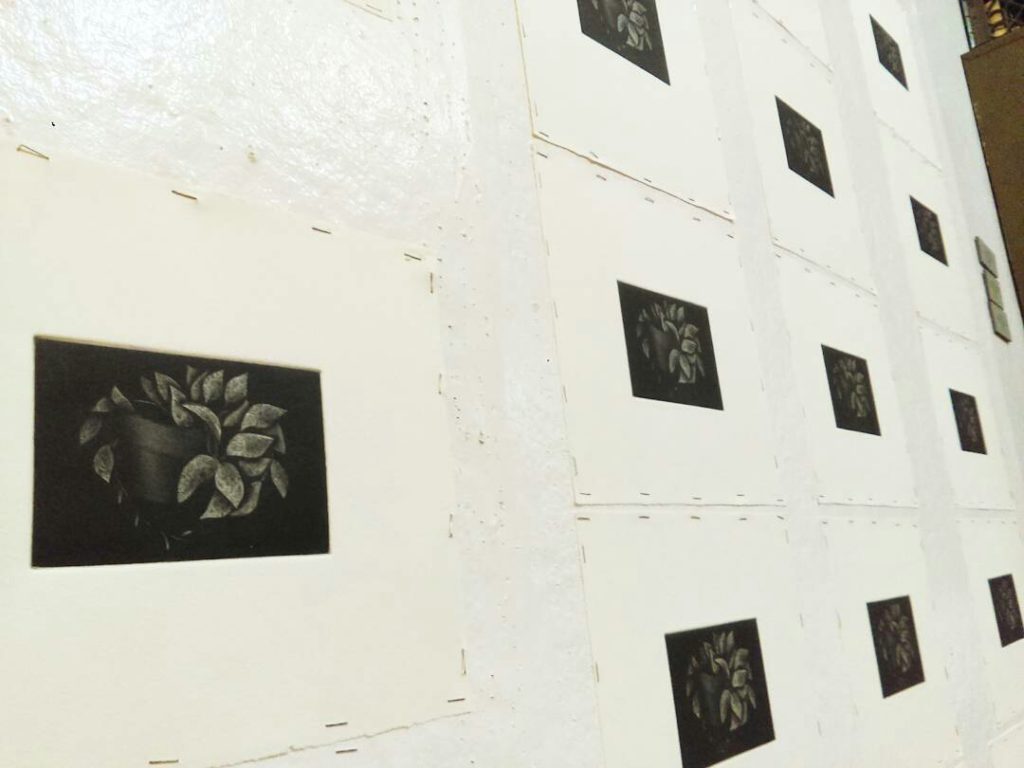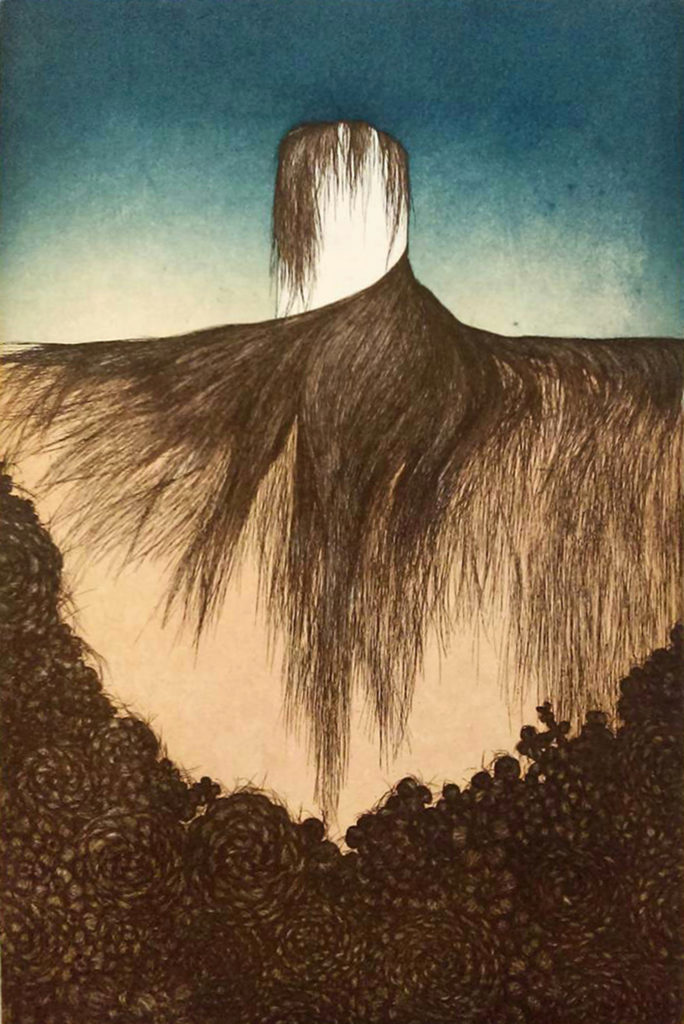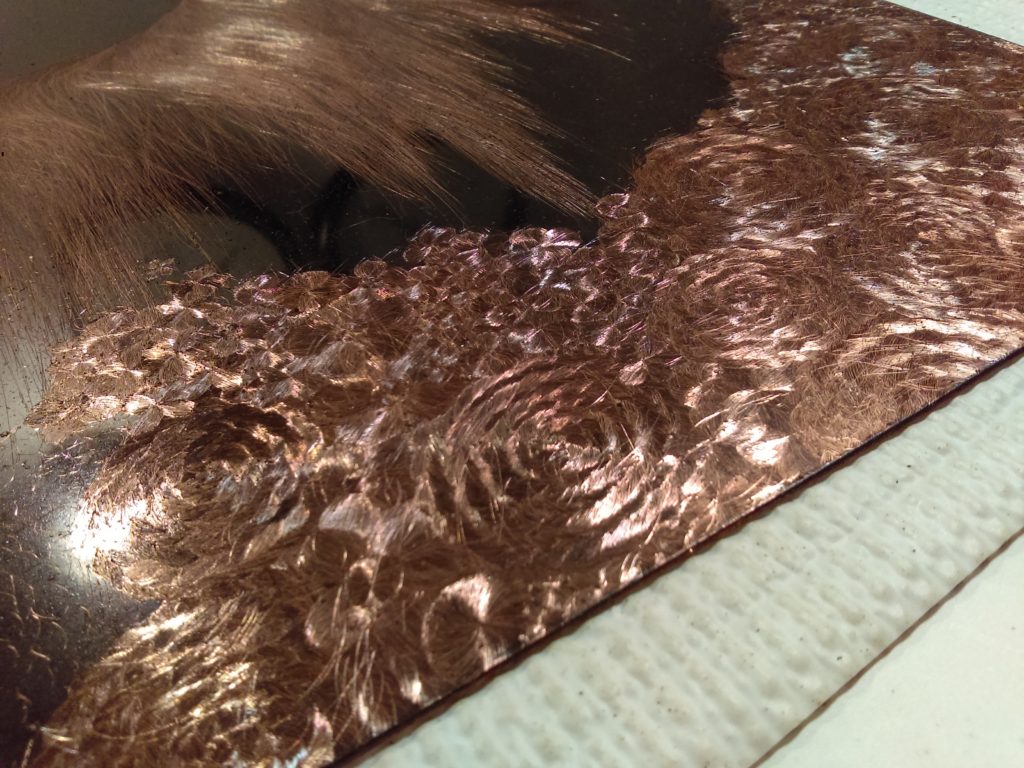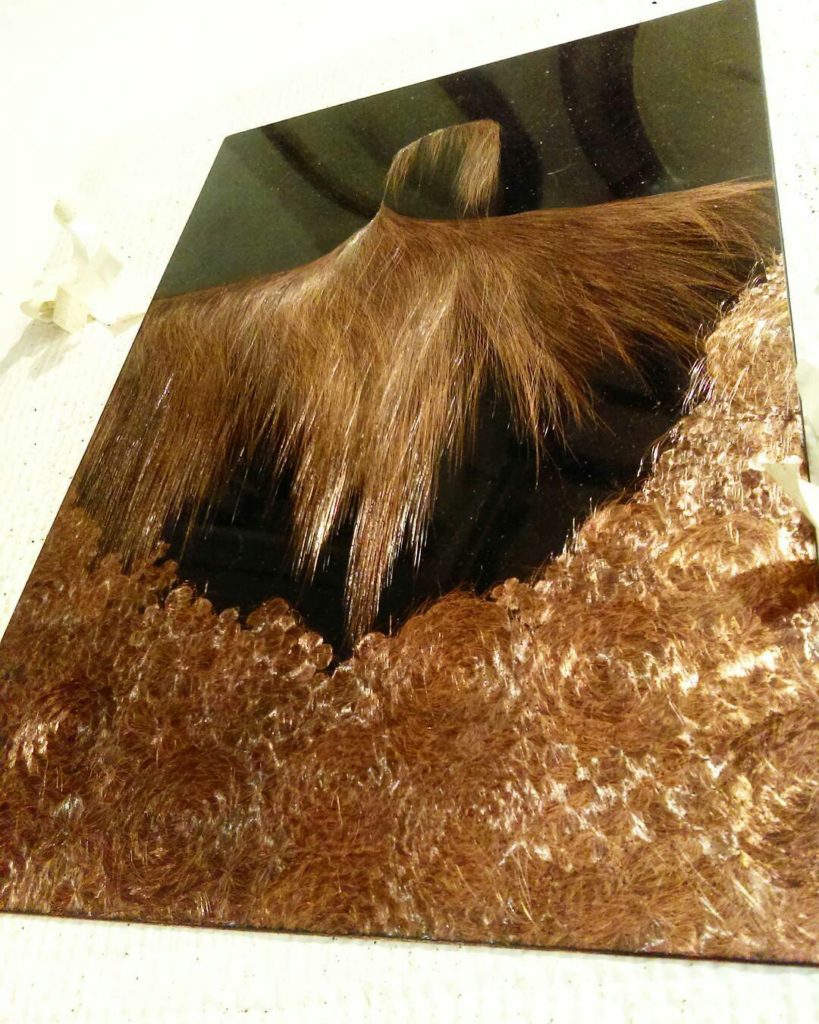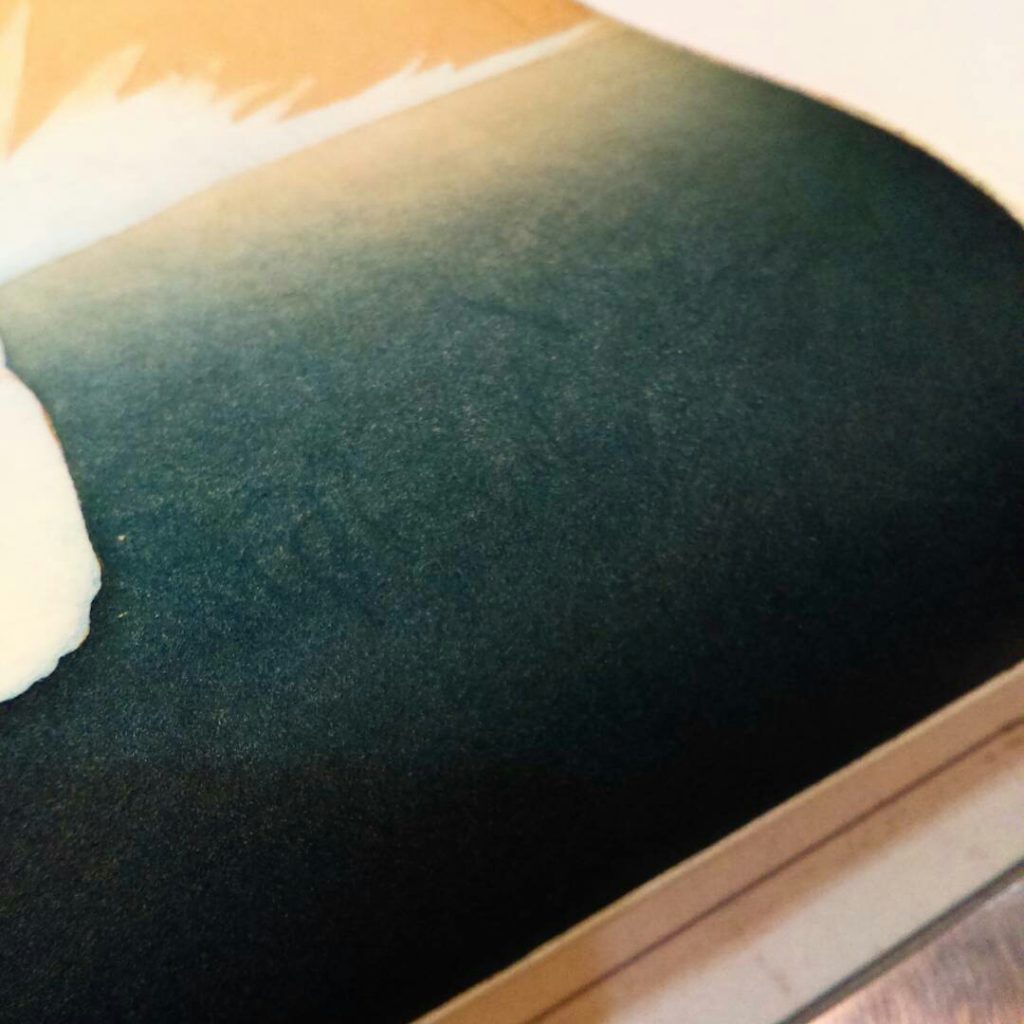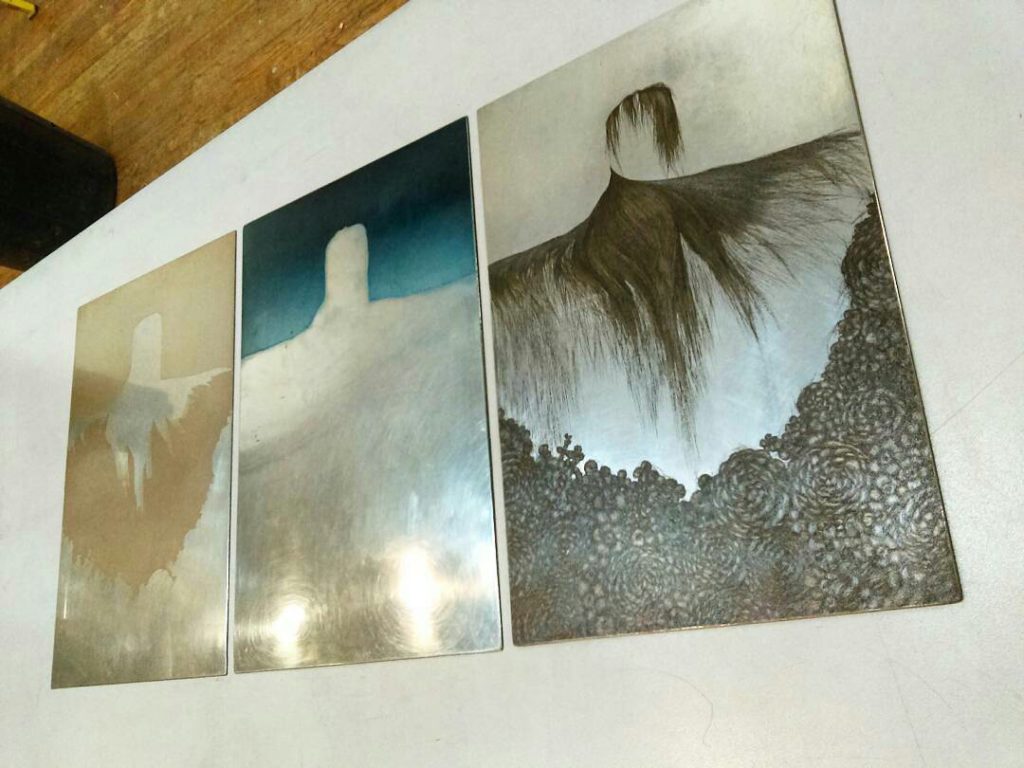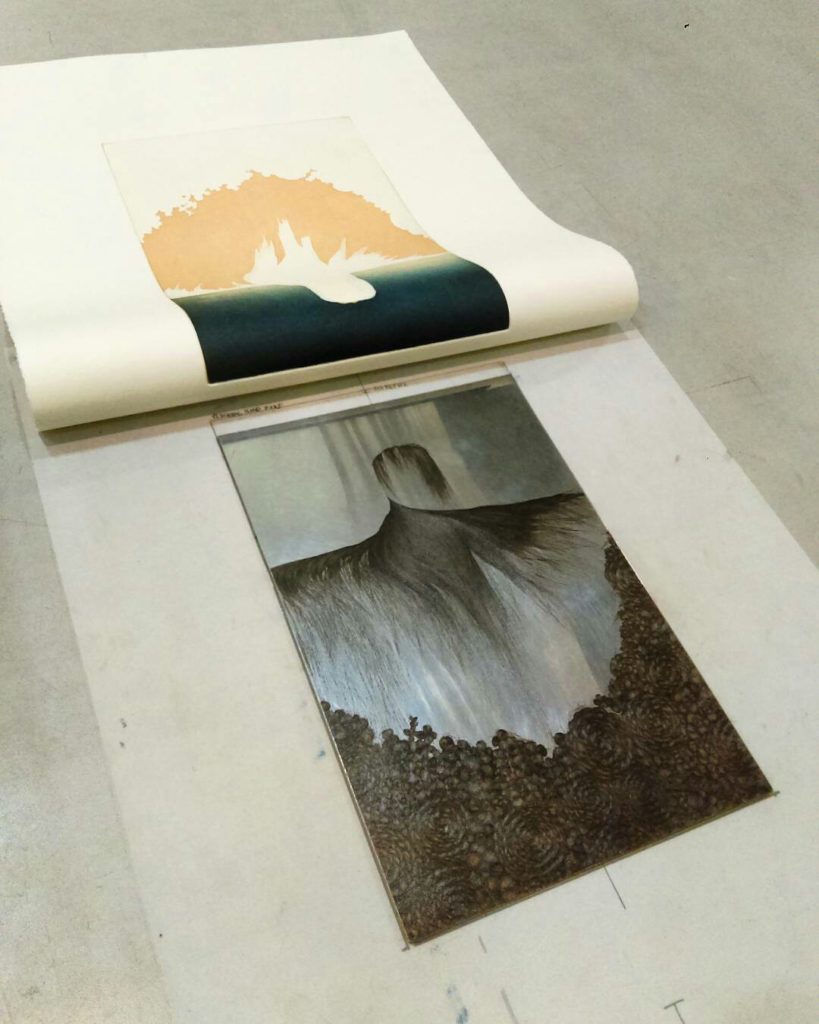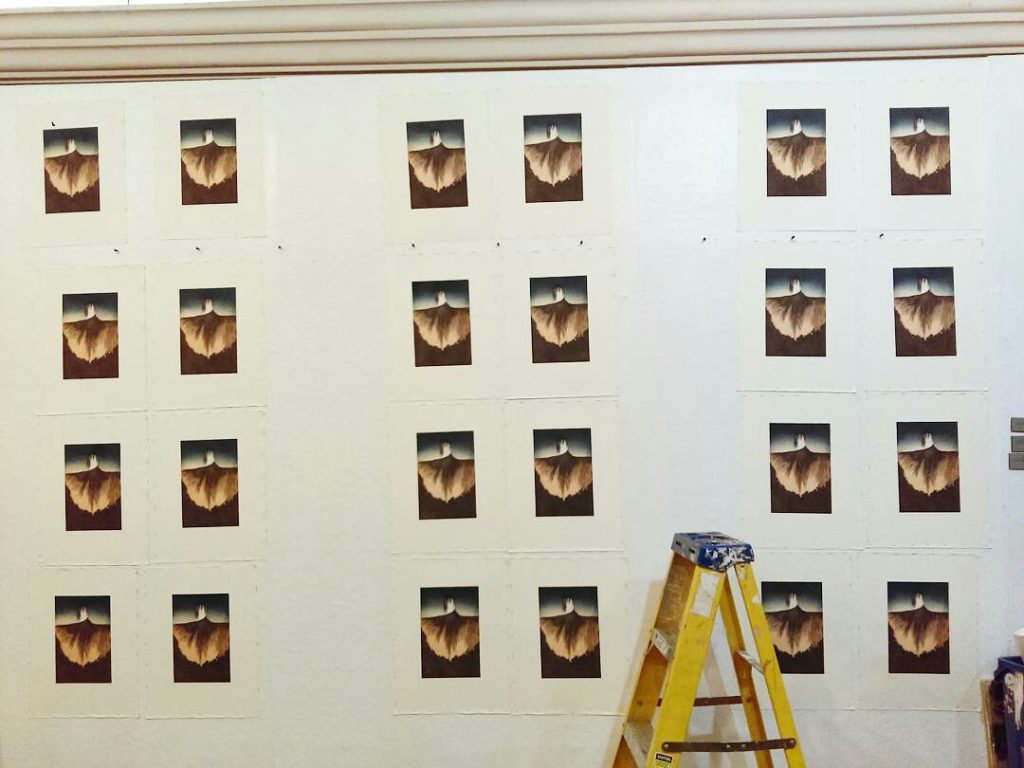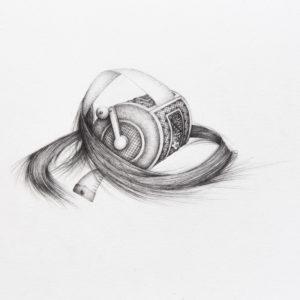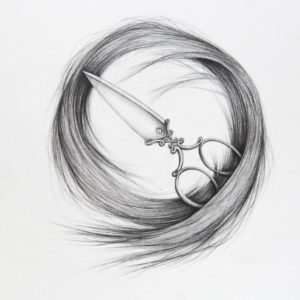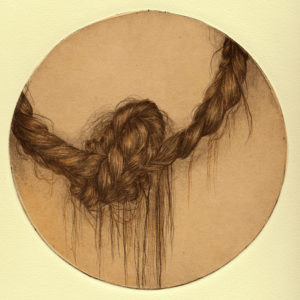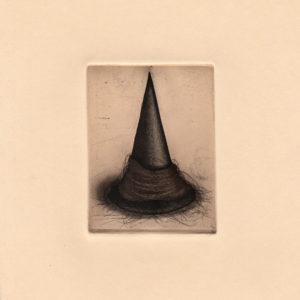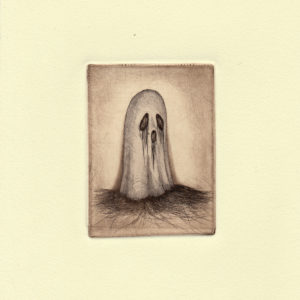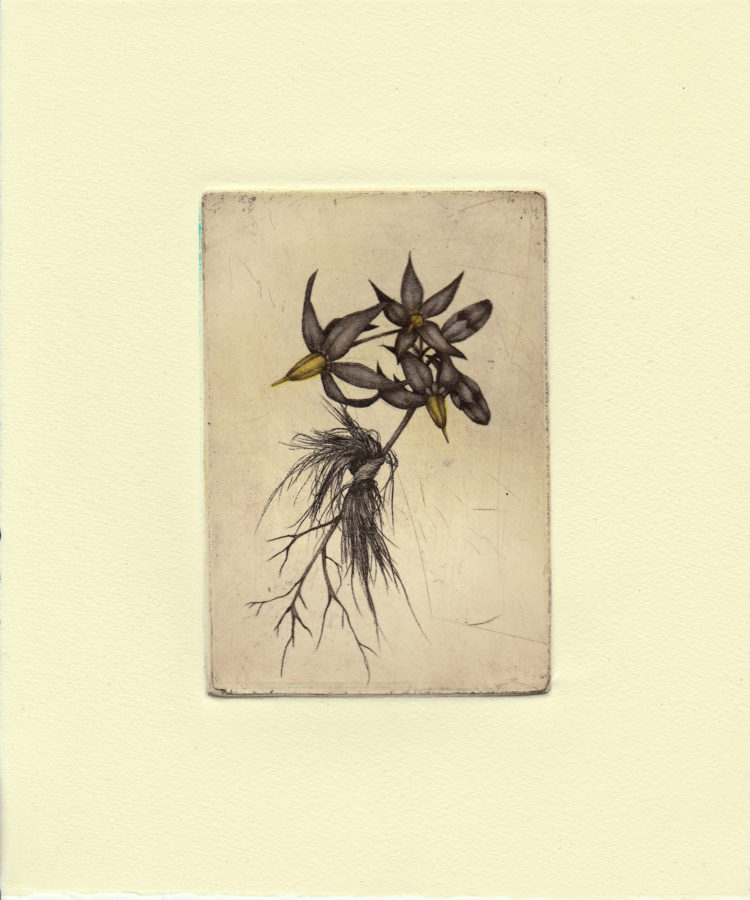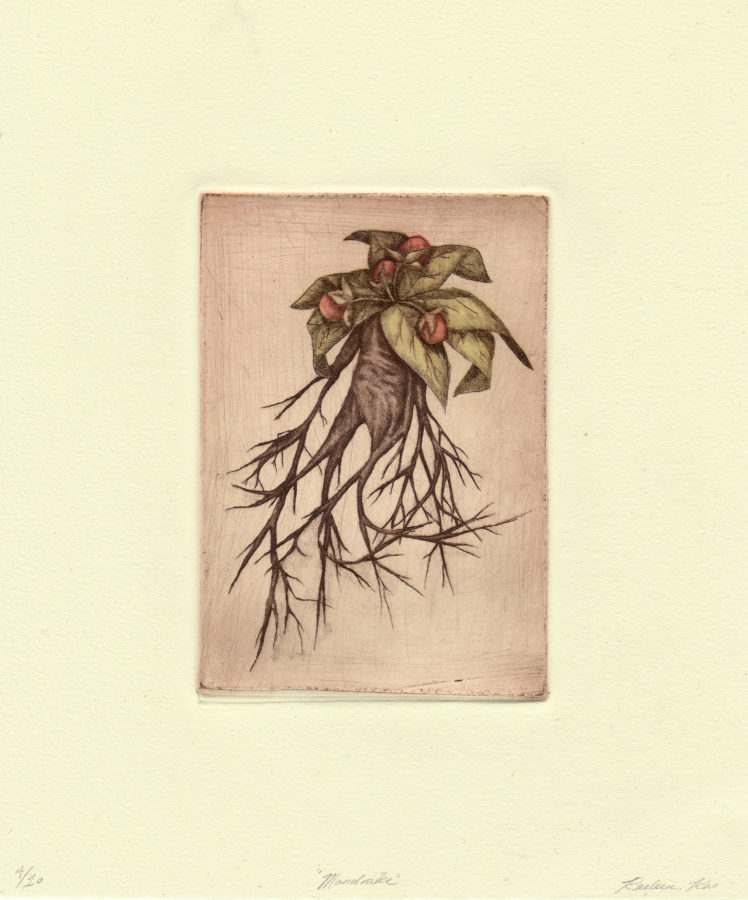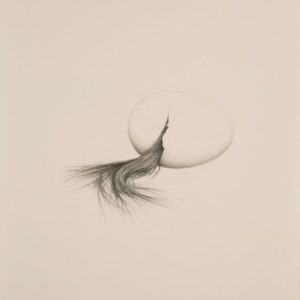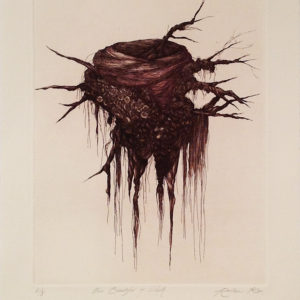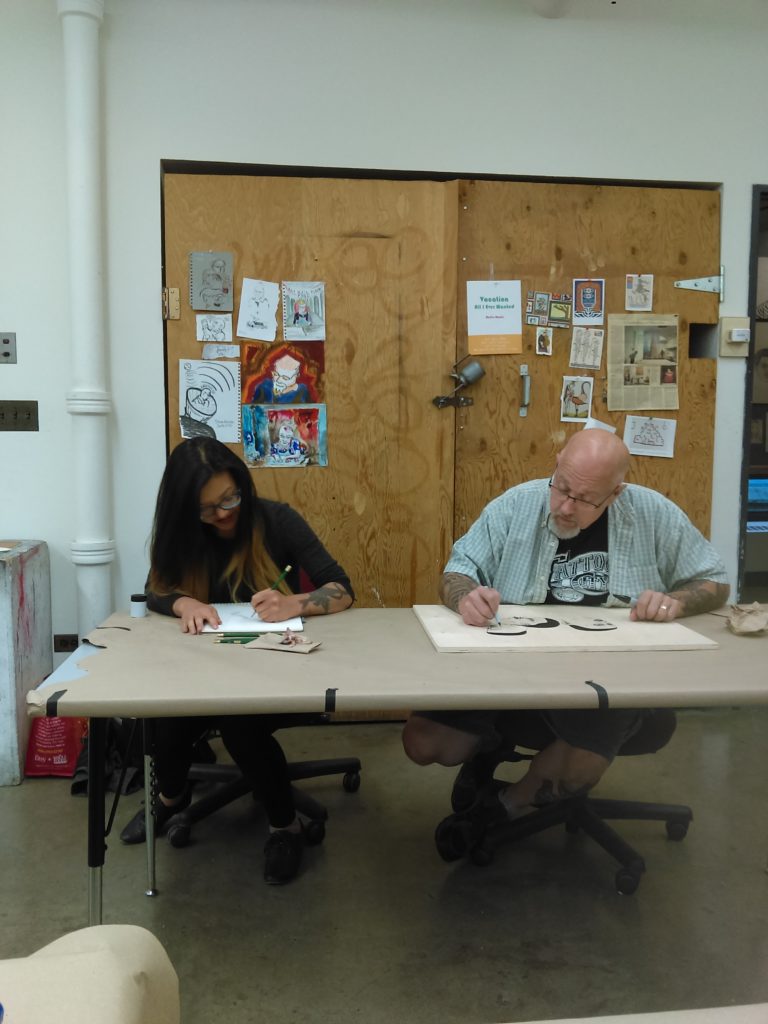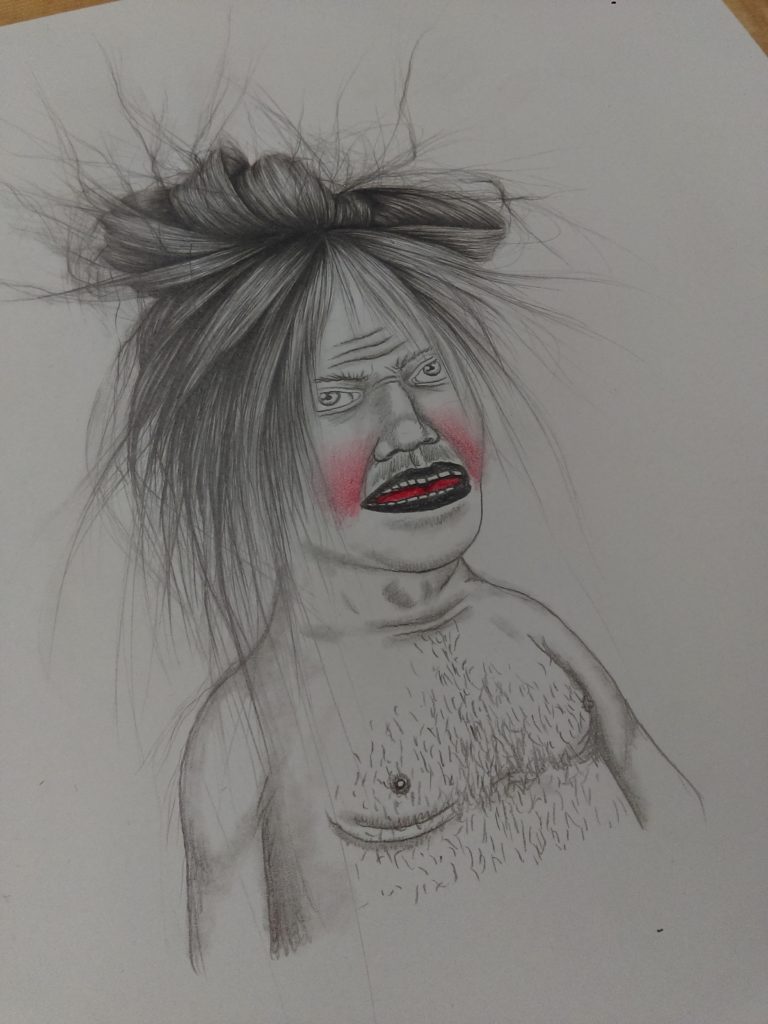In December 2018, I spent two weeks at Rob Dunn Lab at North Carolina State University learning about the microbial activity of sourdough bread. Researchers sampled sourdough starters from over 500 bakers from all over the world and genetically determined the species of microbes present in each sample. This global sampling on sourdough starters also surveyed the climate, home or kitchen environment, traits of the baker, and grain characteristics in order to compare the plethora of factors that determine which species of microbes exist in different starters.
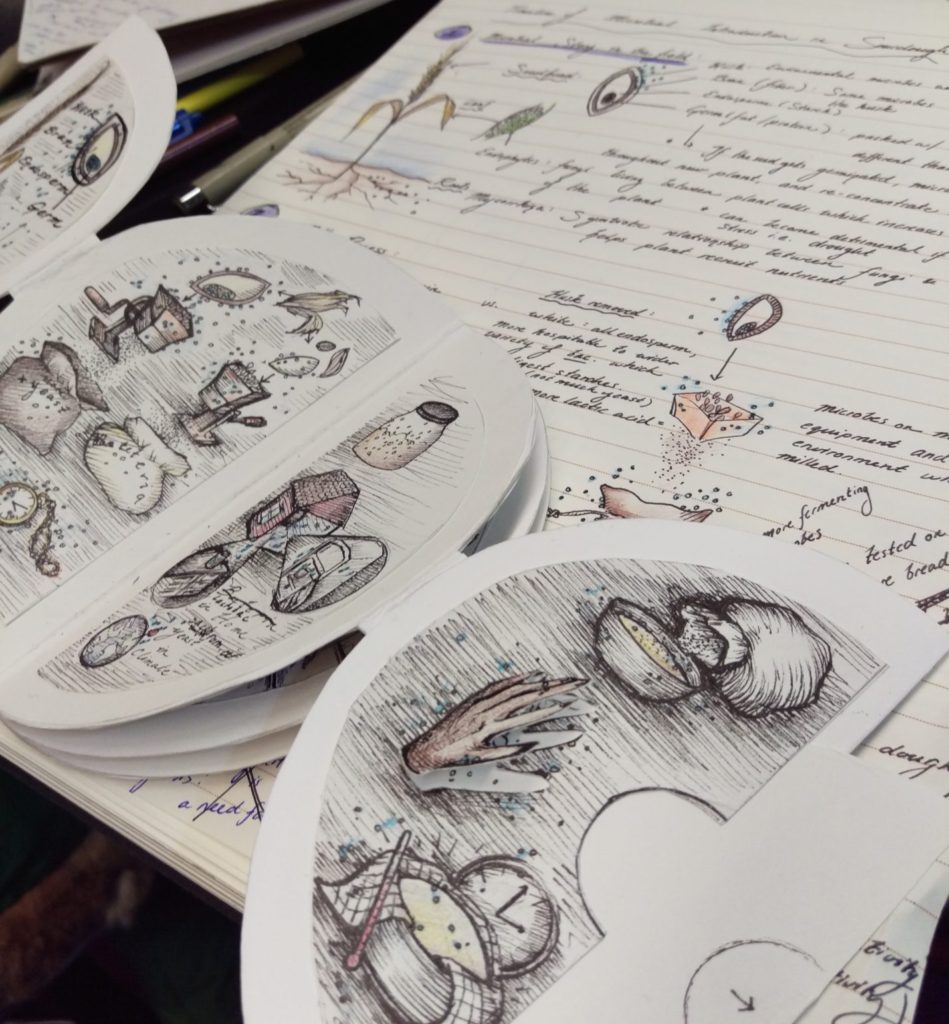
I became interested in sourdough first and foremost because it is delicious and I love carbs, especially from Cellar Door Provisions. Secondary to that, it was a perfect storm of:
* A small obsession with fermentation that I partially attribute to chronic digestive issues and partially attribute to a love of the science of fermentation. I majored in biology in college before eventually switching to art amidst the 20-year-old life crisis that I think is all too common.
*Finding Medieval illustrations of sourdough bread. There is no end to how much I love medieval illuminations, from medieval cats, to knights fighting snails, to this bat, to people looking bored while sporting a sword through their head.
*Finding multitudes of similarities between sourdough bakers and printmakers from the way we approach process to the way we network. As a printmaker who primarily works within etching and woodcut, I am utilizing printing methods that date back thousands of years ago, and I recognize the the passion and respect that sourdough bakers have for these original techniques and raw materials. Talking to bakers I know, reading sourdough recipes, and binge listening to The Sourdough Podcast, made me realize that they way which these bakers talked about their proofing methods were very similar to how printmakers talk about their printing methods. We all have our own specific combination of part-science/part-intuition, and a baker knows their loaf like a printer knows their block, plate, or stone.
For the longest time I have had a dream of combining science, art, and food, so without further ado, I present The Sourdough Book, a year and a half in the making!
“Sourdough”
Artist Book with etching, chine colle, and letterpress
6 x 4 inches, closed dimensions
Edition: 28
2020
E-mail RaeleenKao@gmail.com for inquiries.
The following images are of the etching process (click on images to enlarge)
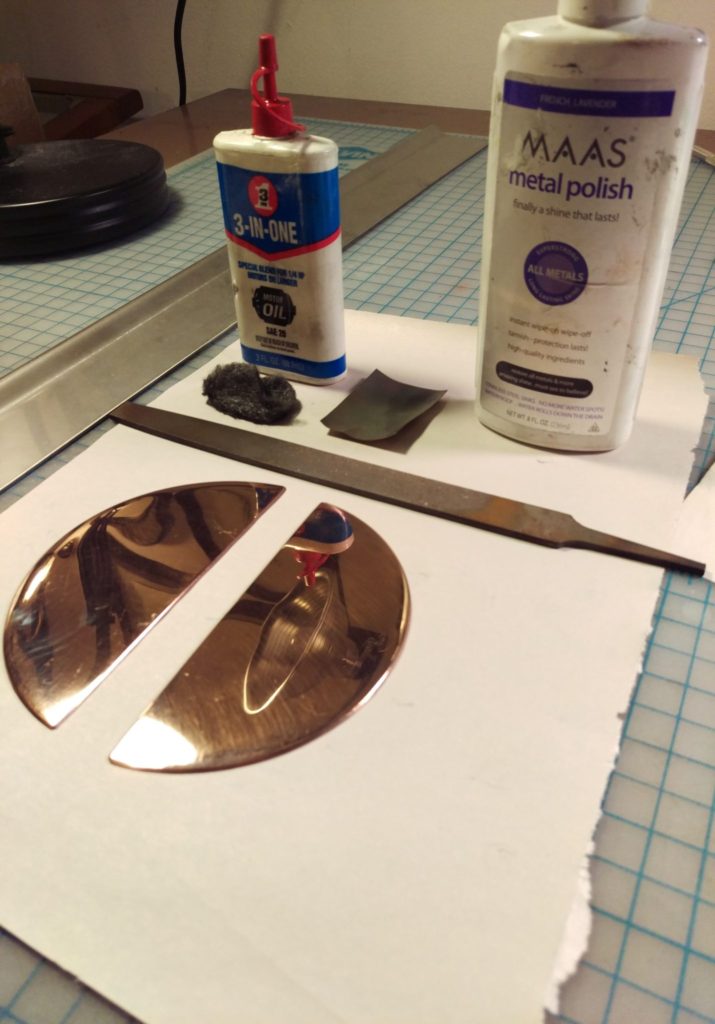
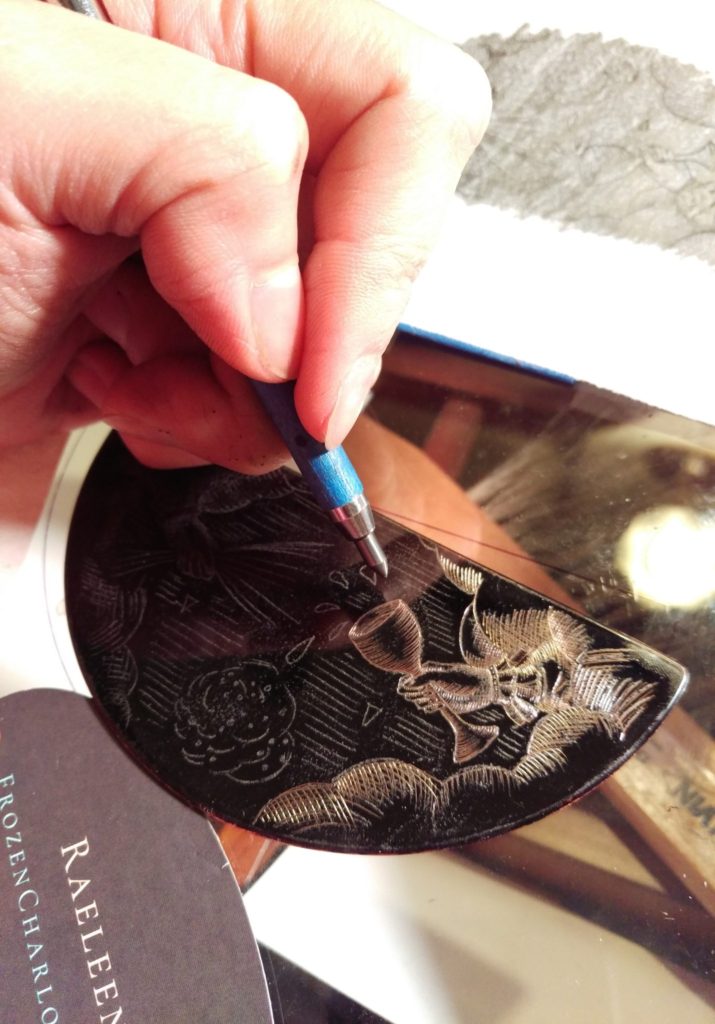
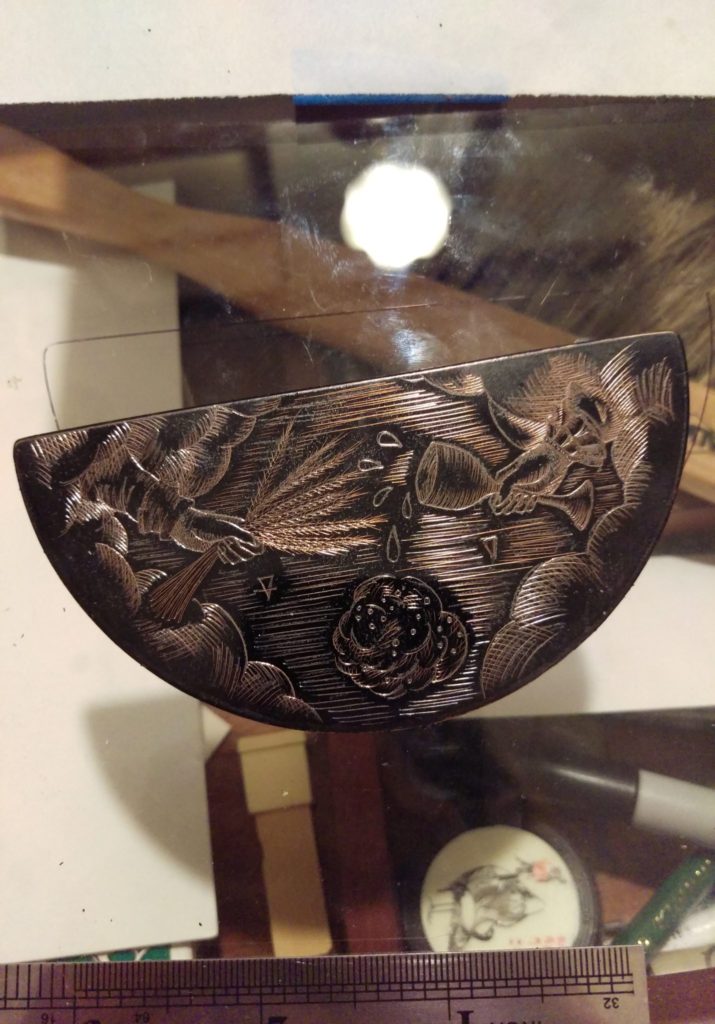
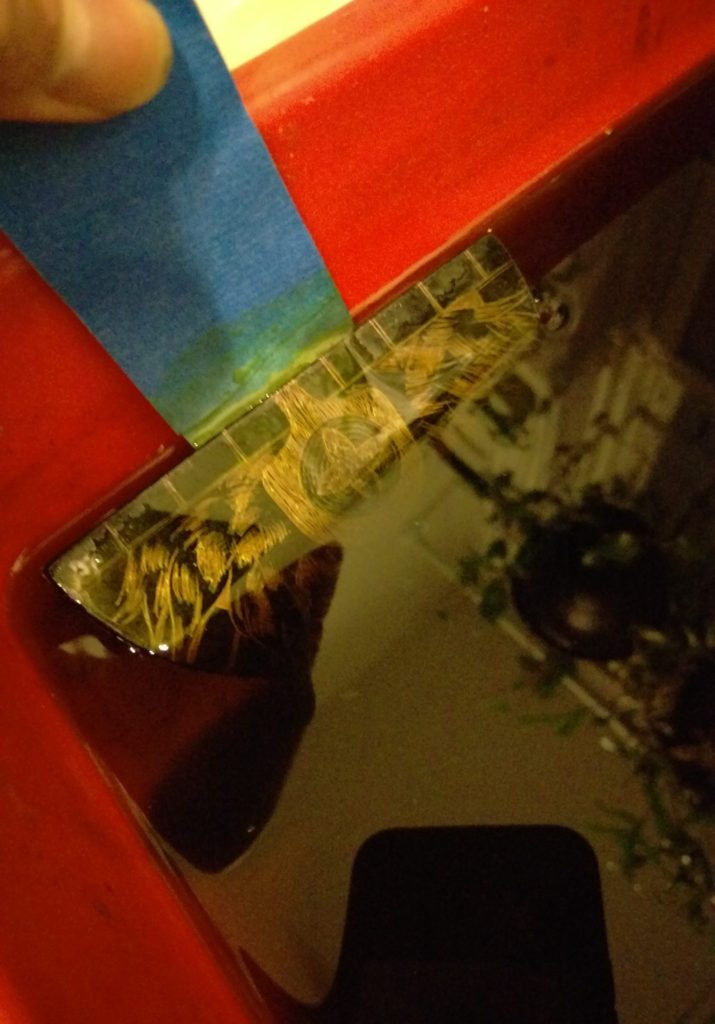

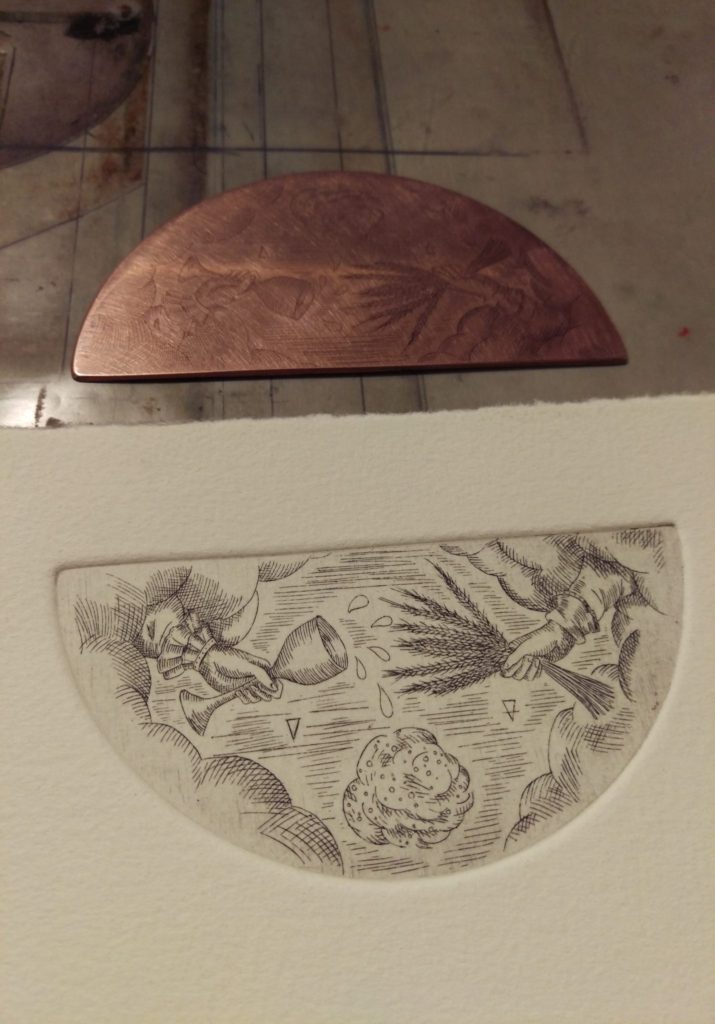
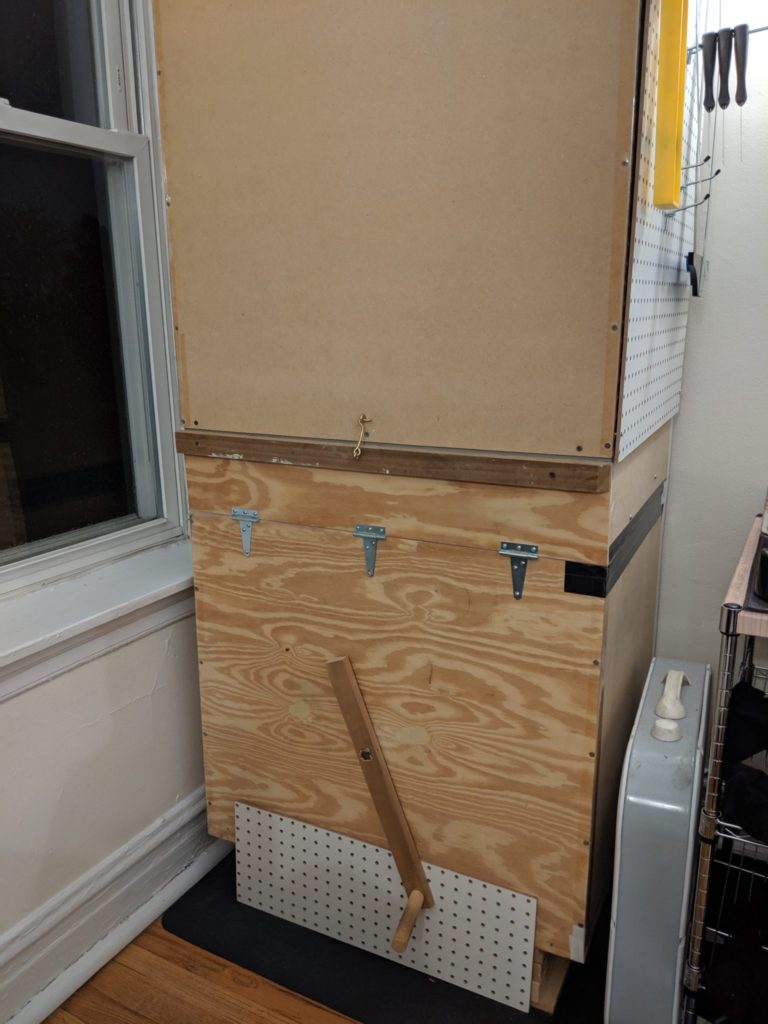

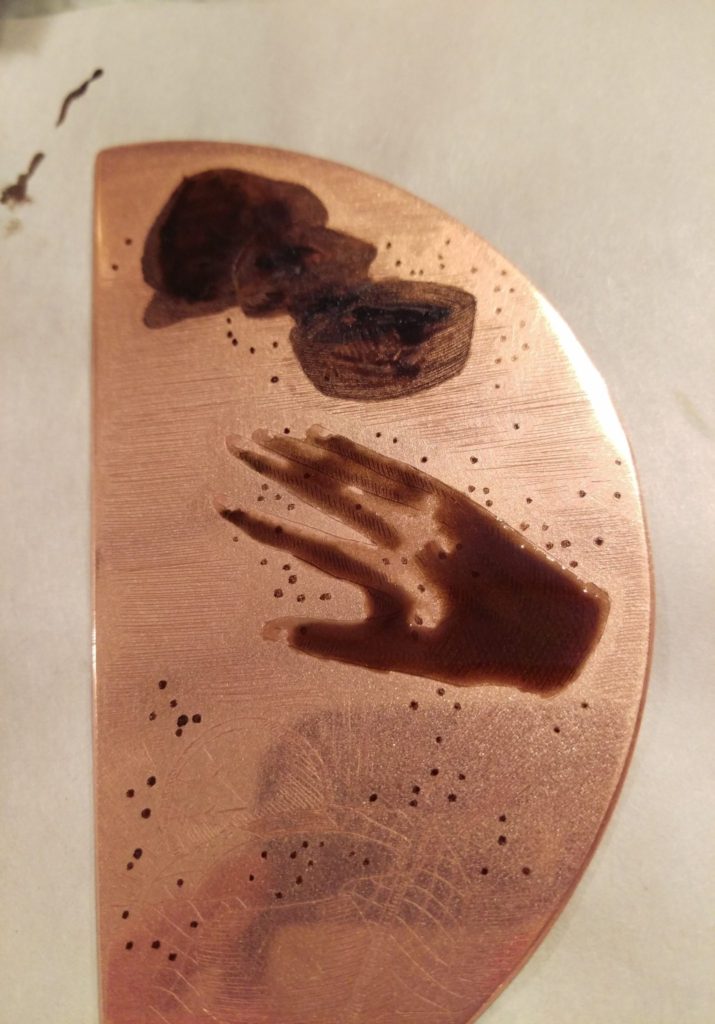

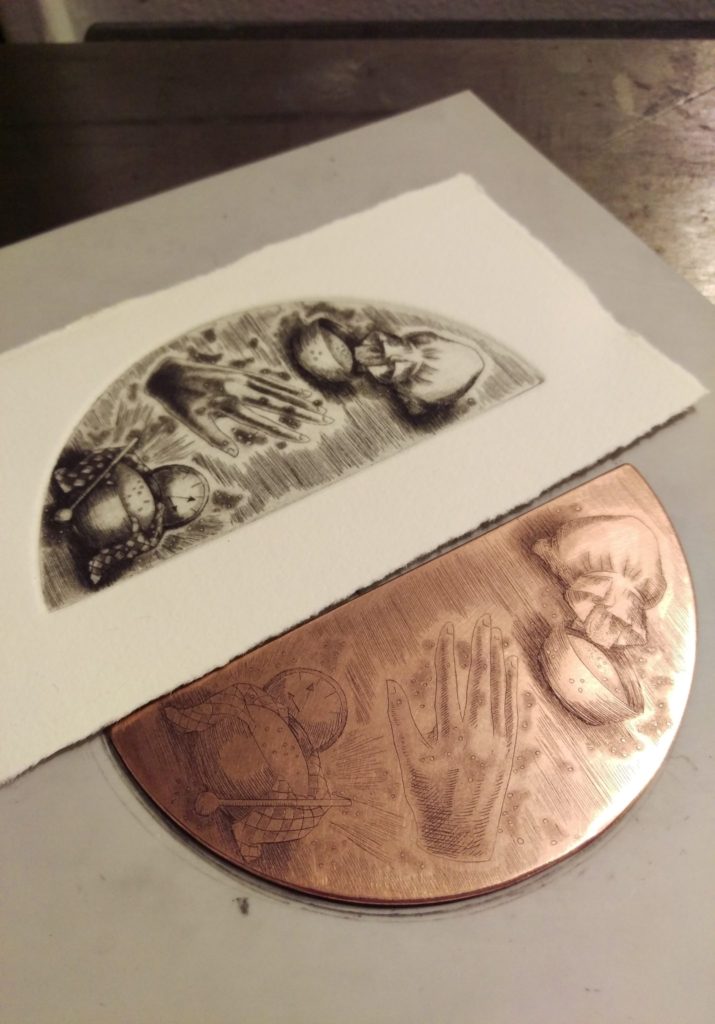
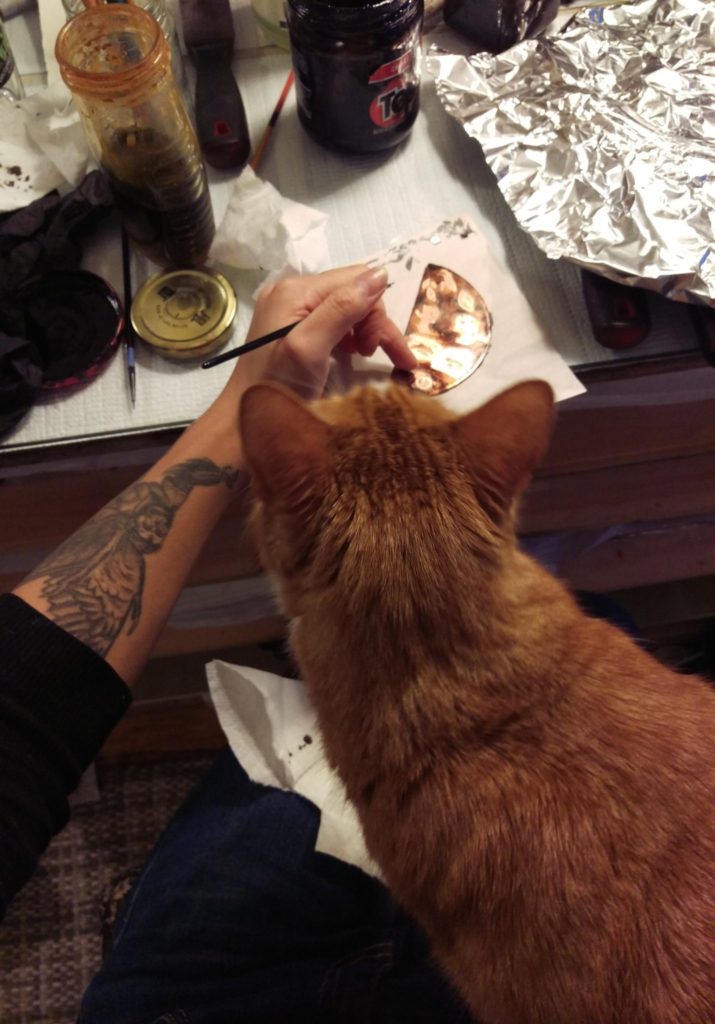

The following images are of the finished book! (click to enlarge)
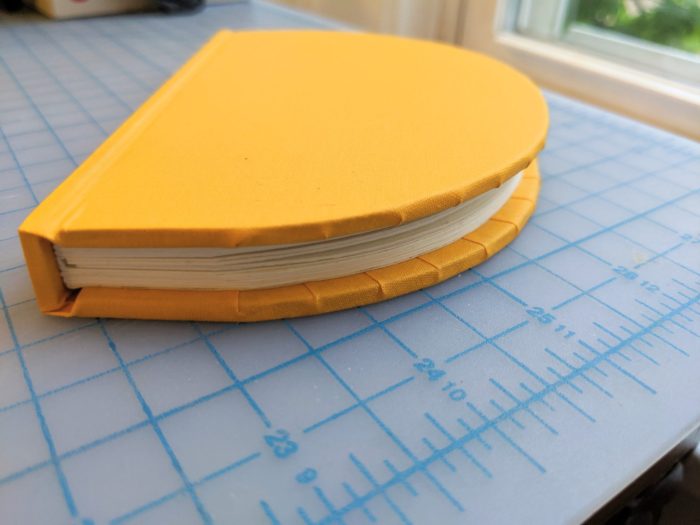
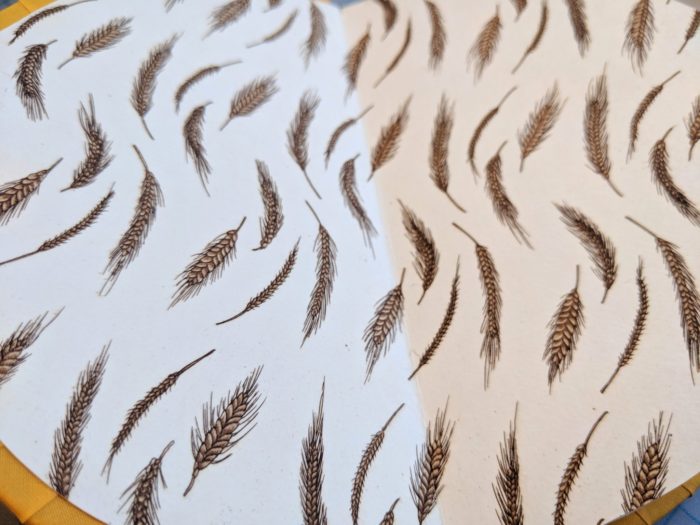
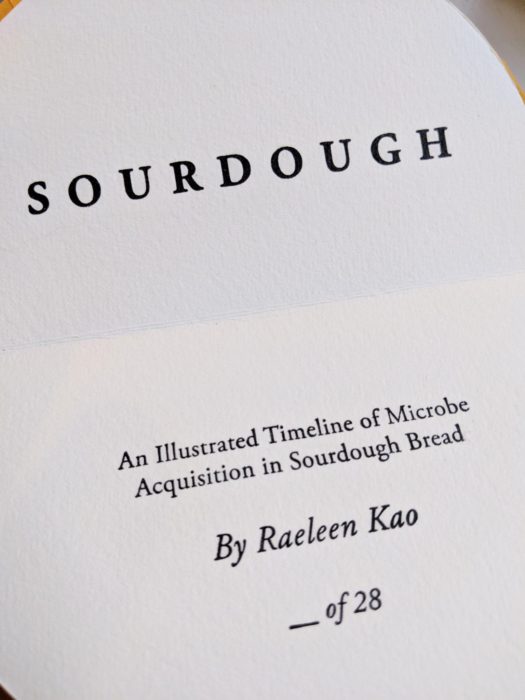

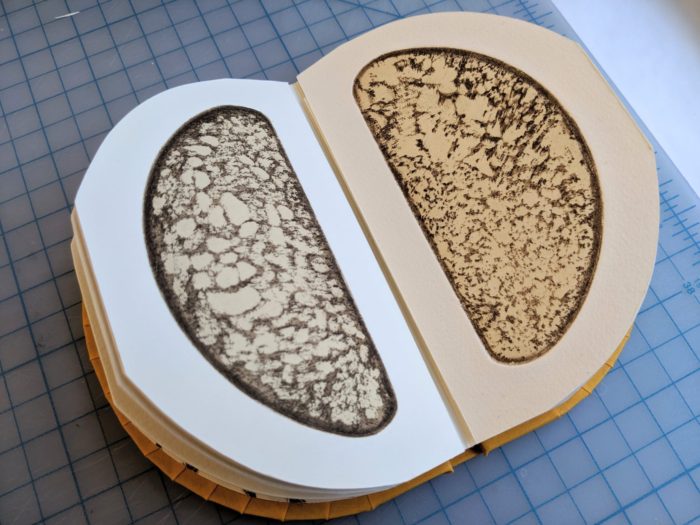
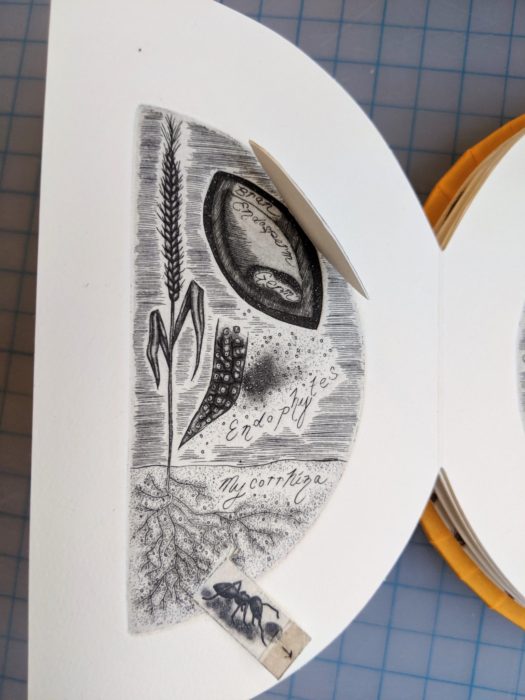
The microbe-dense germ along with mycorrhiza (relationships between plants and soil fungus), fungus-carrying ants, endophytes (fungus that lives between plant cells), and environmental microbes that have penetrated the husk of the seed head may all contribute microbes to your grain.

Whole grains produce more yeast, while refined grains’ starchy endosperm is more hospitable to a wider variety of bacteria. The lactic acid produced by bacteria digesting starches gives sourdough its signature tang.
The more time the endosperm is exposed after milling, the more environmental microbes colonize it.
Microbes on the milling equipment and from the environment where it is milled may also be added to the flour during this process
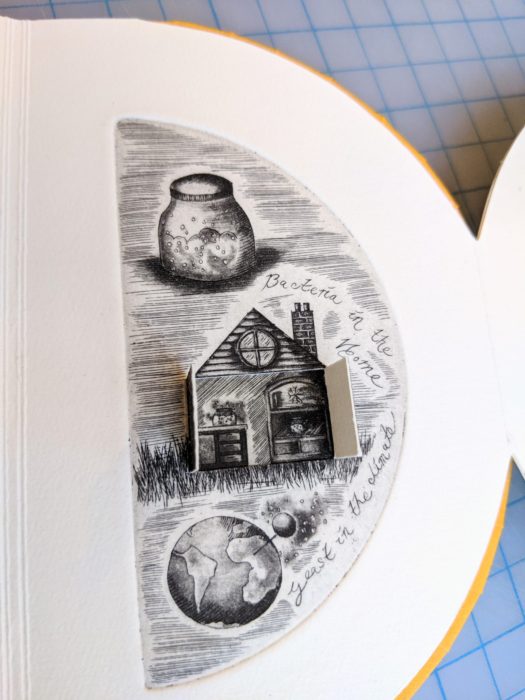
The geographical location affects the climate, which affects the yeast. These wild yeasts are climate-specific strains which produce their own unique sour tastes, unlike commercial yeasts which are all uniform.
The home and storage environment, including whether your starter lives in or out of the refrigerator, affects the bacteria.
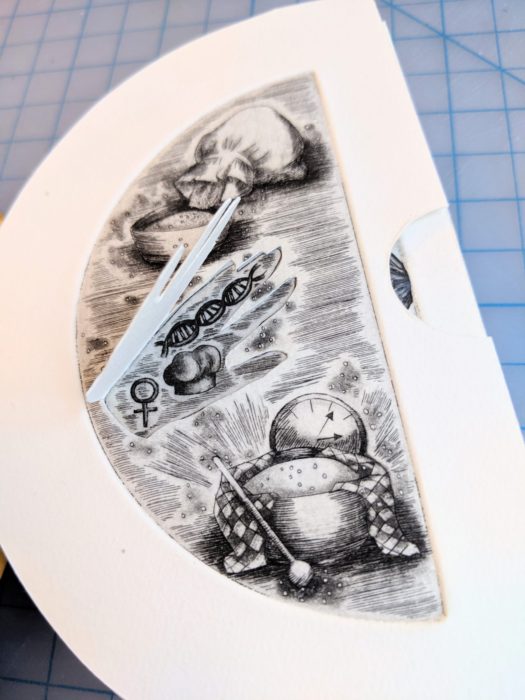
If the flour used in your dough is different than what was used to make your starter, this adds new microbes to your sourdough.
The home environment including the baker’s personal microbes can affect the “hand flavor” of your bread. Tests performed on frequent bakers’ hands contained more fermenting microbes while the hands of women contained a higher percentage of lactobacillus.
Proofing in a warmer environment outside of the fridge for a longer time results in more bacterial activity, and a more sour loaf, while proofing inside the fridge results in more yeast activity.
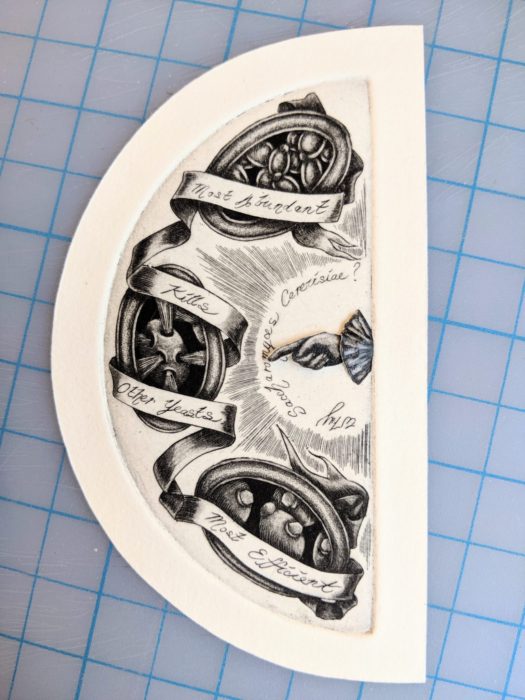
It is the most abundant yeast and by sheer quantity able to always get to nutrients in the grain first.
Saccharomyces Cerevisiae is a killer yeast and releases proteins toxic to other yeasts.
It is the most efficient in processing and digesting nutrients in the grain.
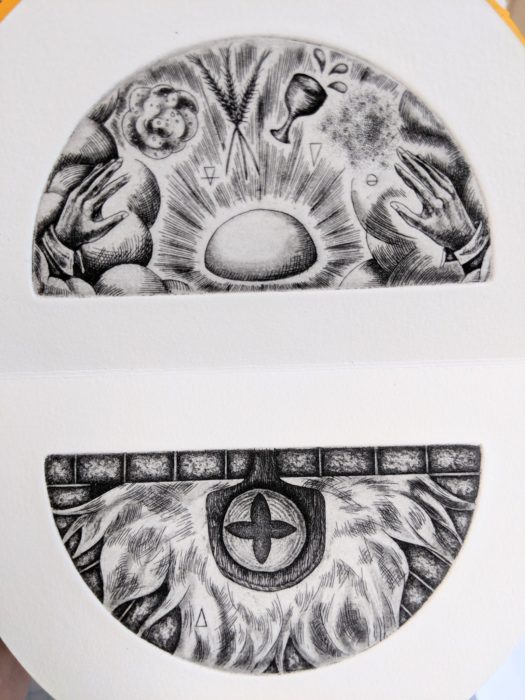
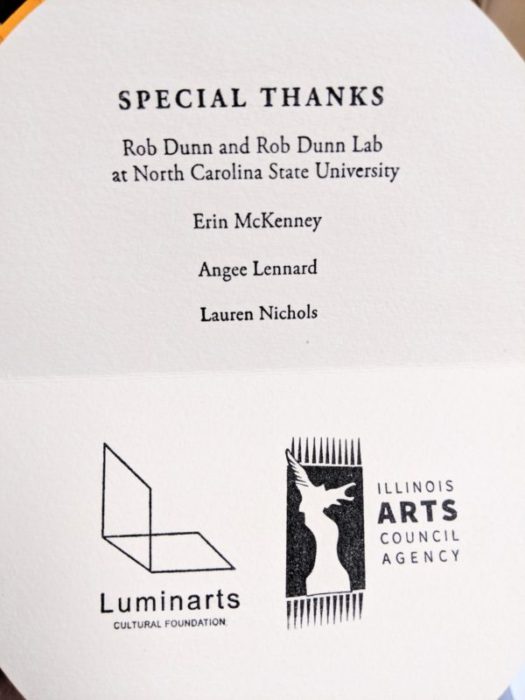
Thank you so much to Rob Dunn and sourdough project researchers Erin McKenney and Lauren Nichols, Angee Lennard for bookbinding instruction, and grants from Luminarts Cultural Foundation and the Illinois Arts Council Agency.
Further thanks to Jennifer Page at Cape Fear Press for steel-facing my plates, Martin Mazorra at Cannonball Press for helping me with the book text, and AS IF Center for facilitating this collaboration with Rob Dunn Lab and the Sourdough Project.
